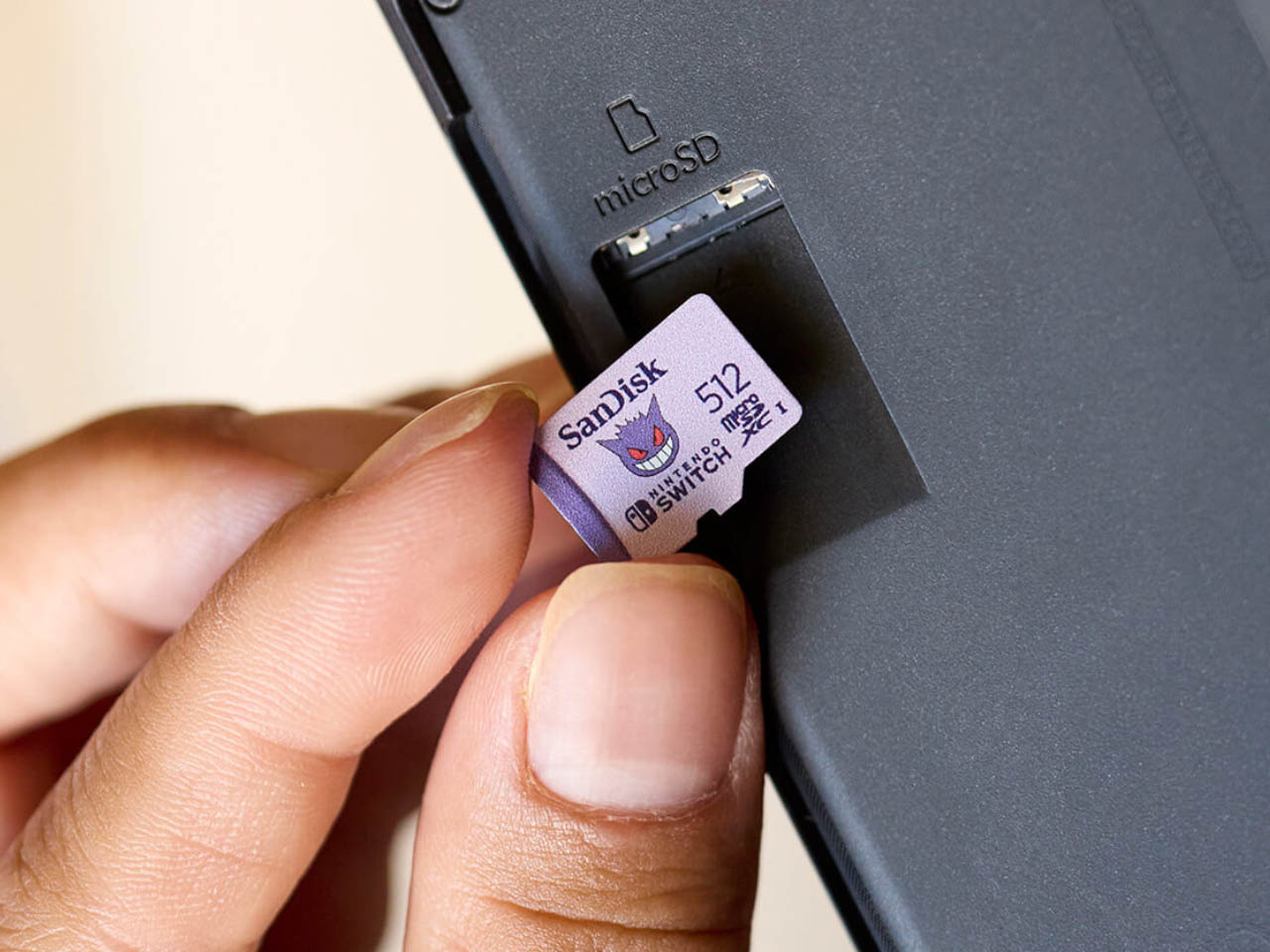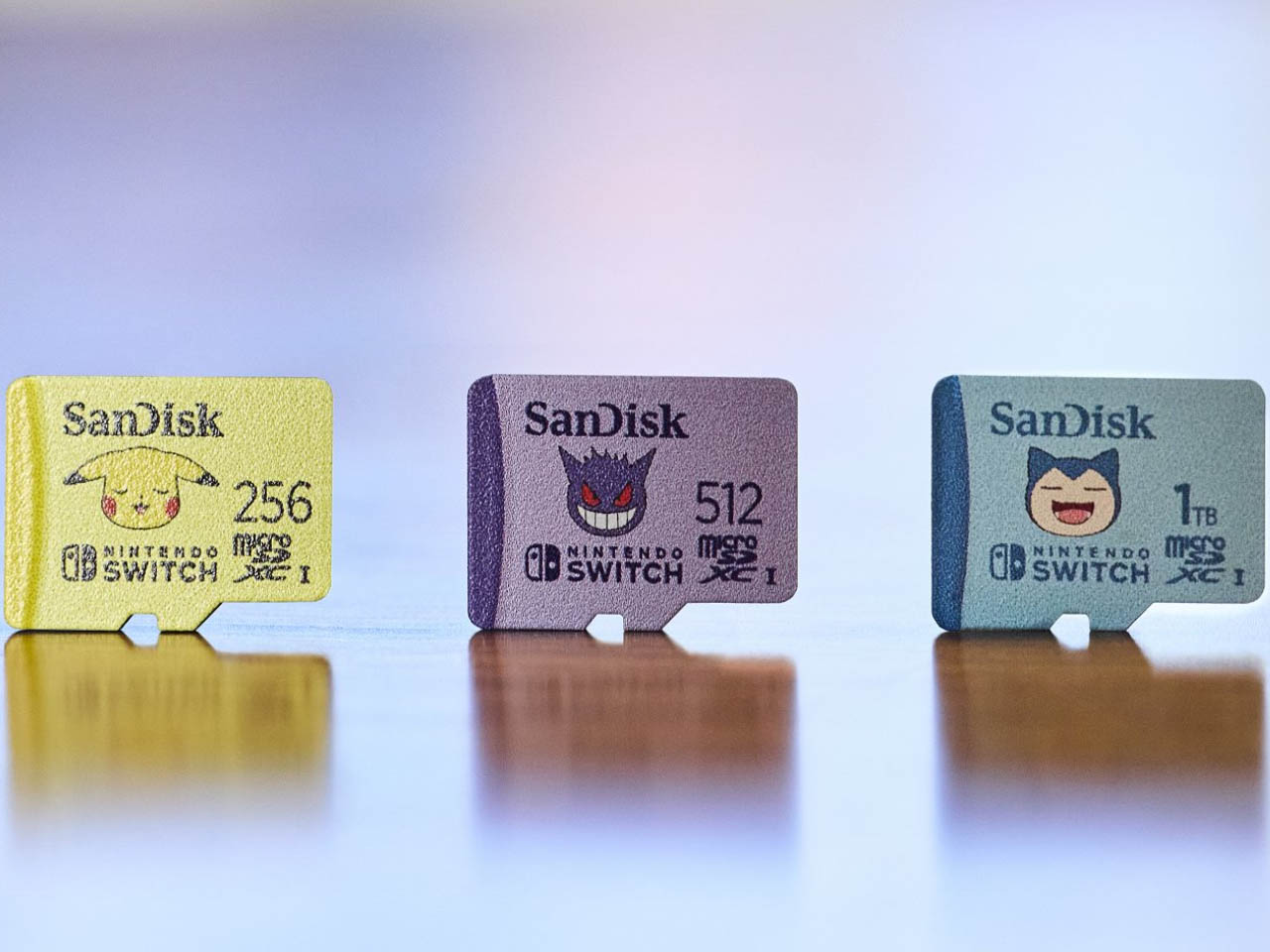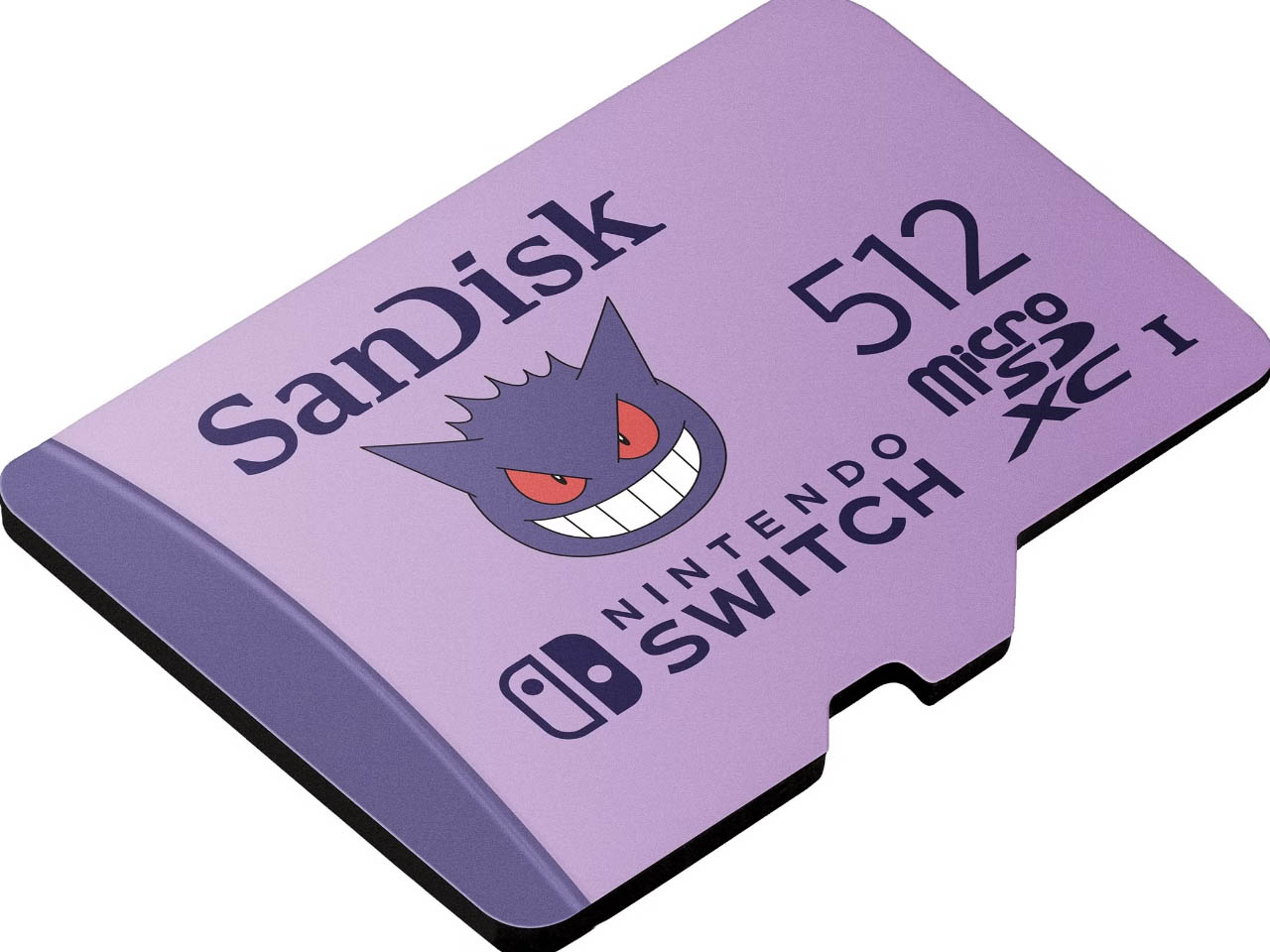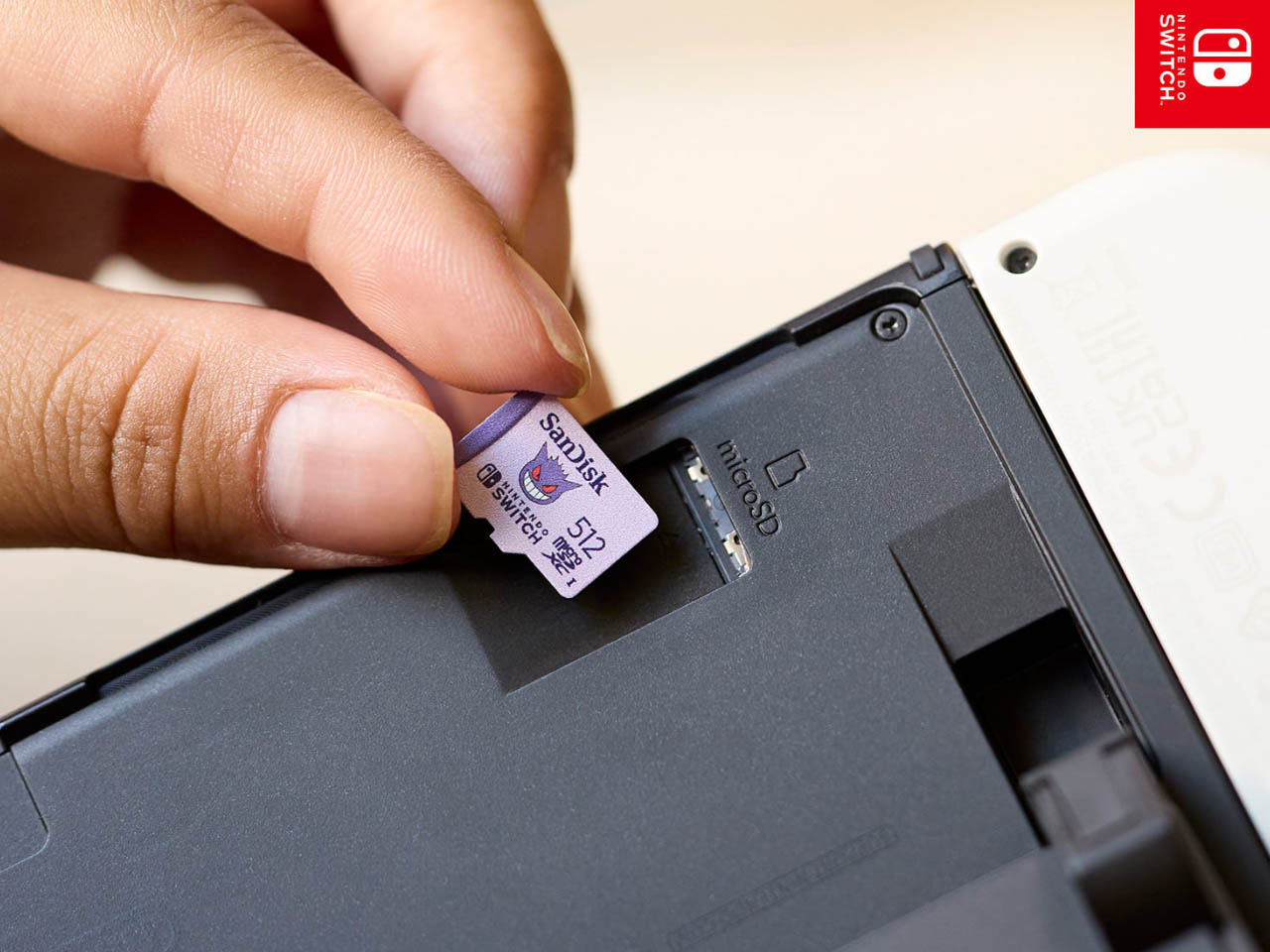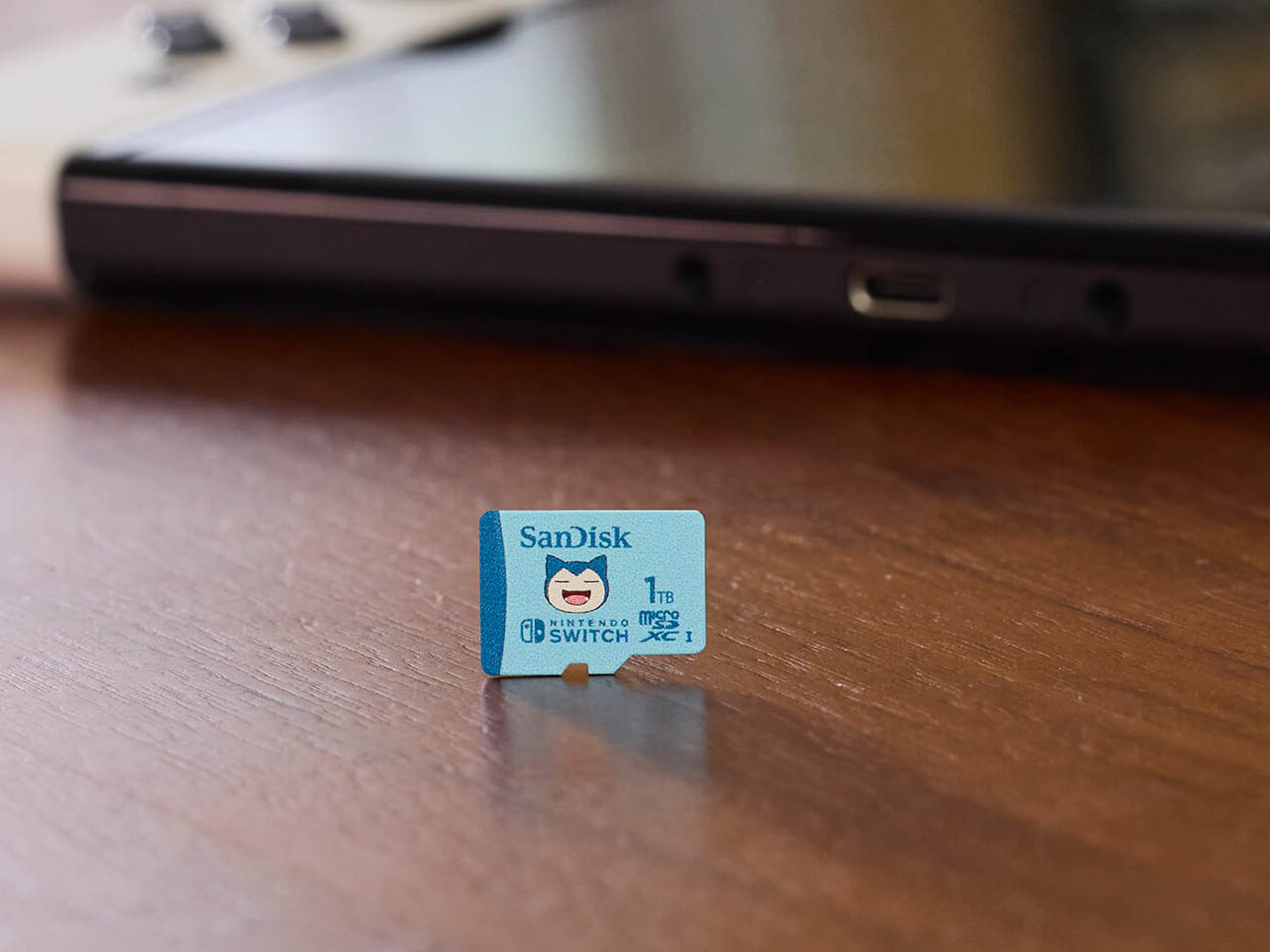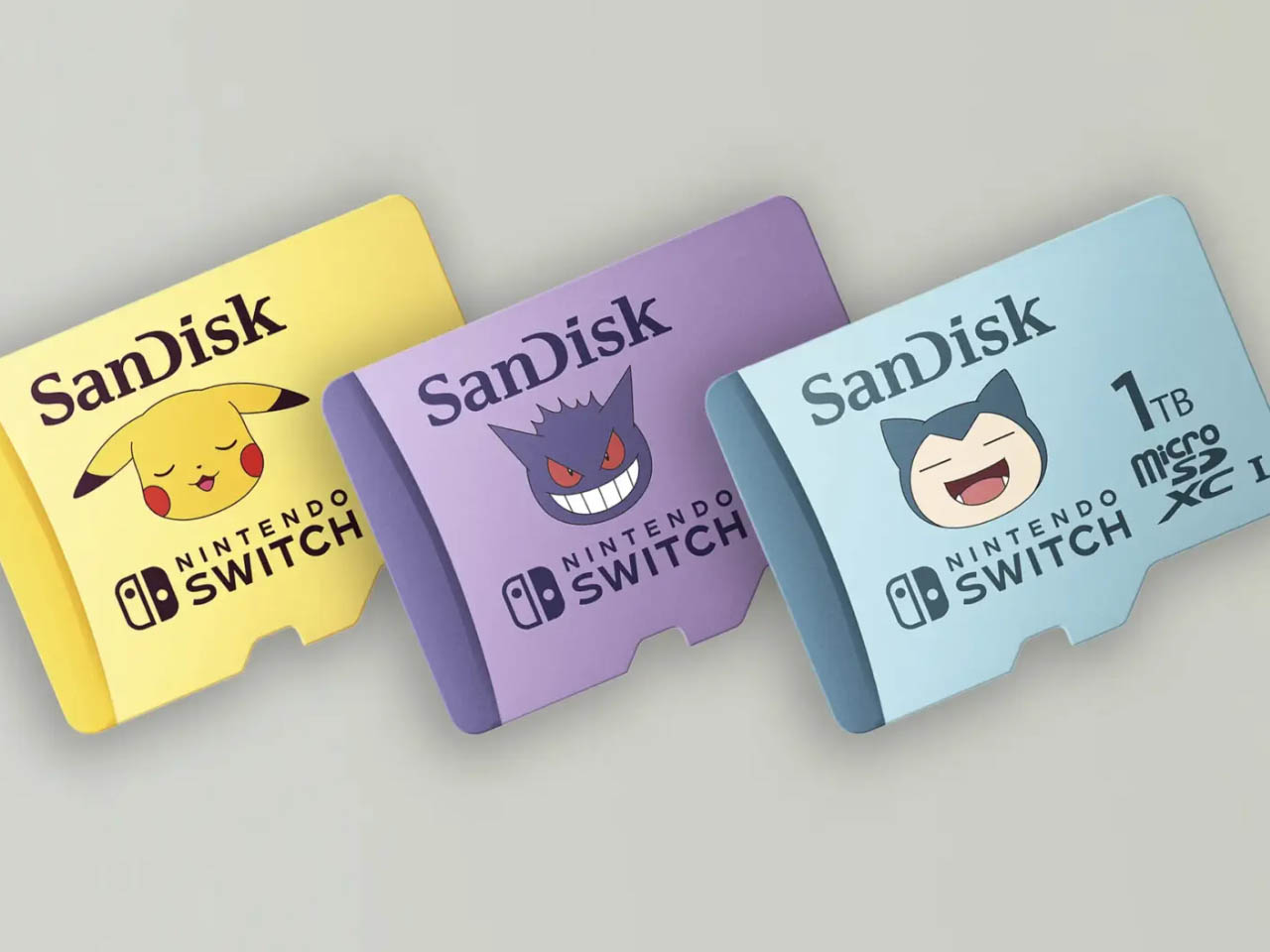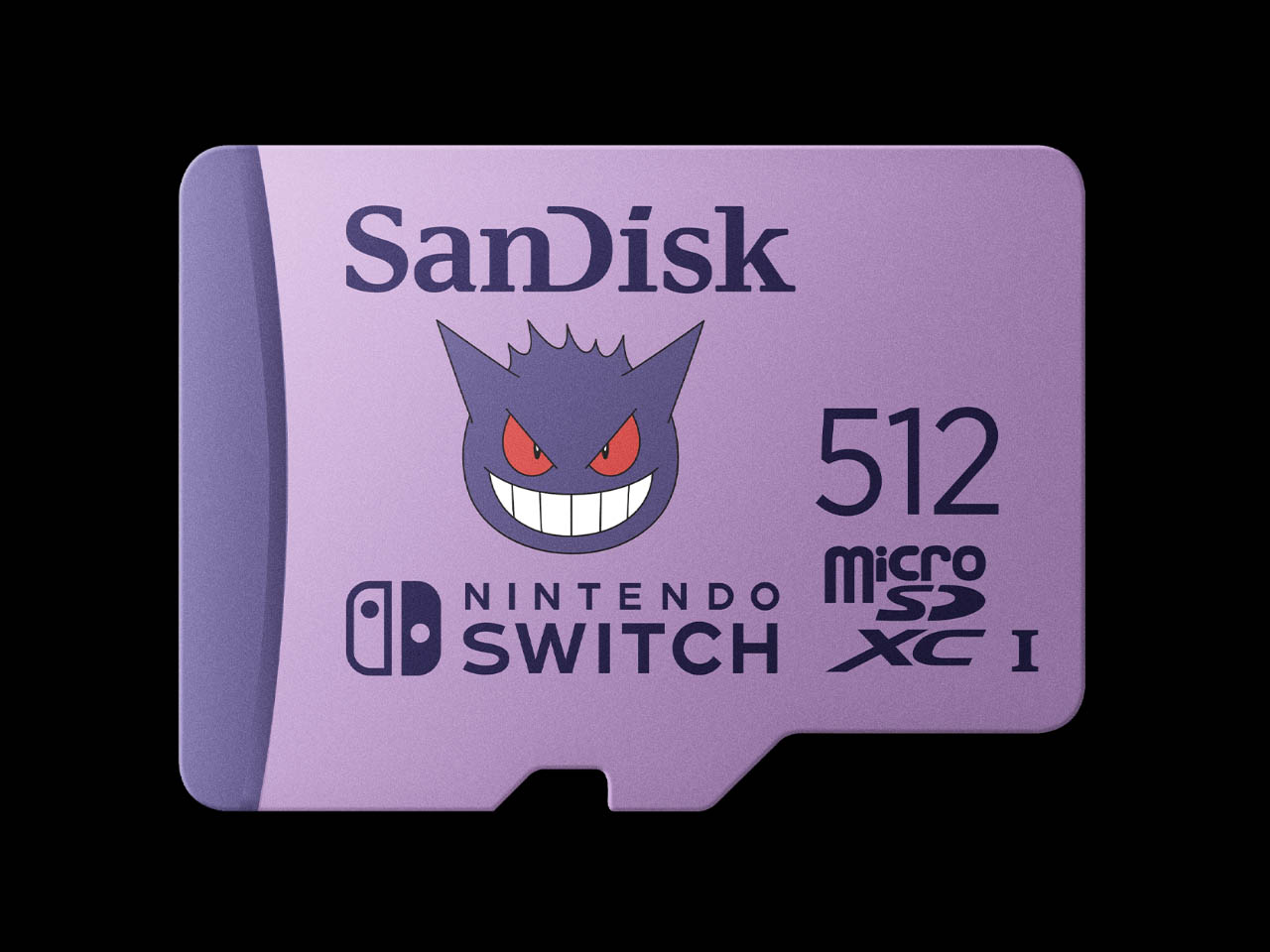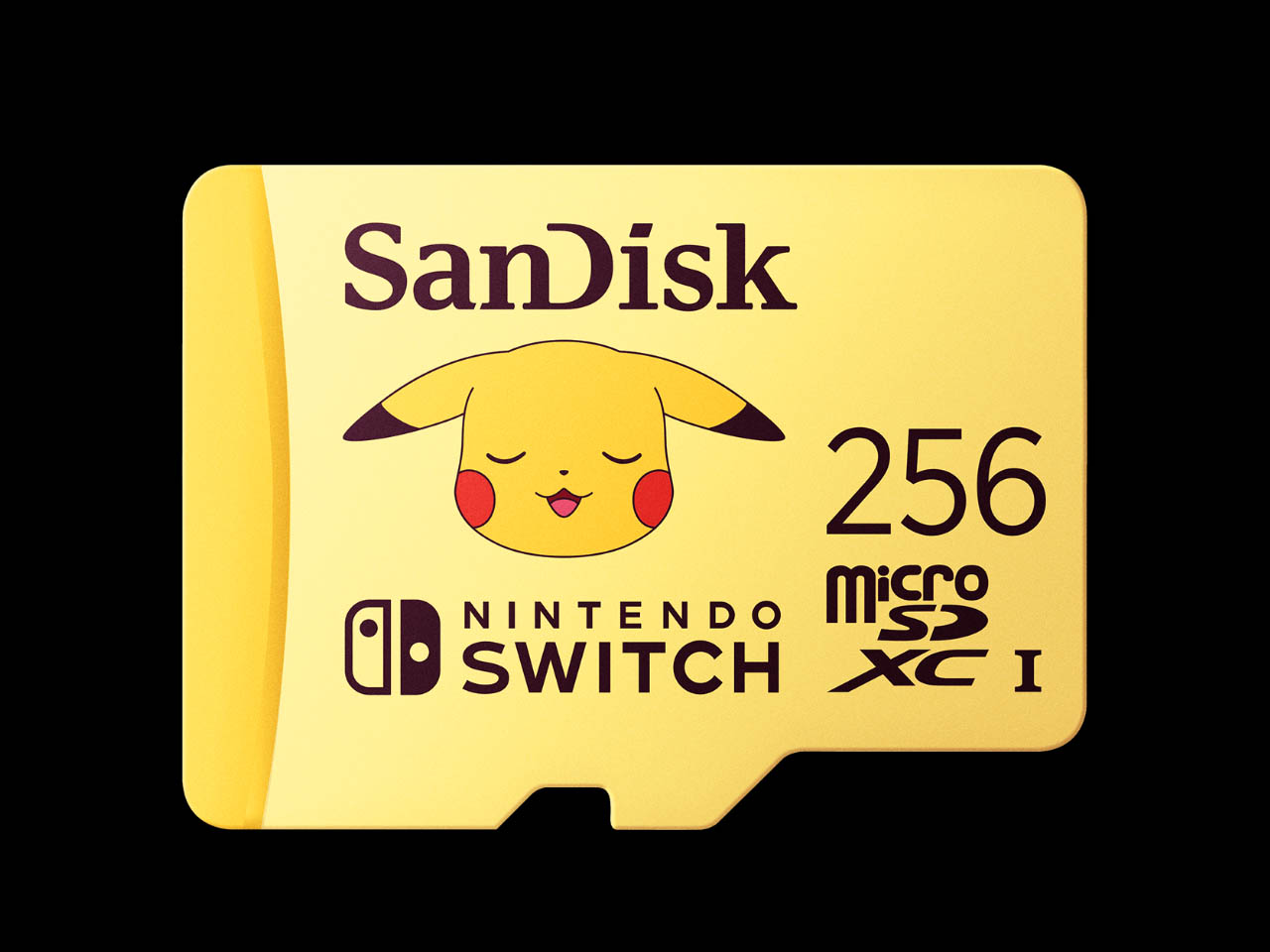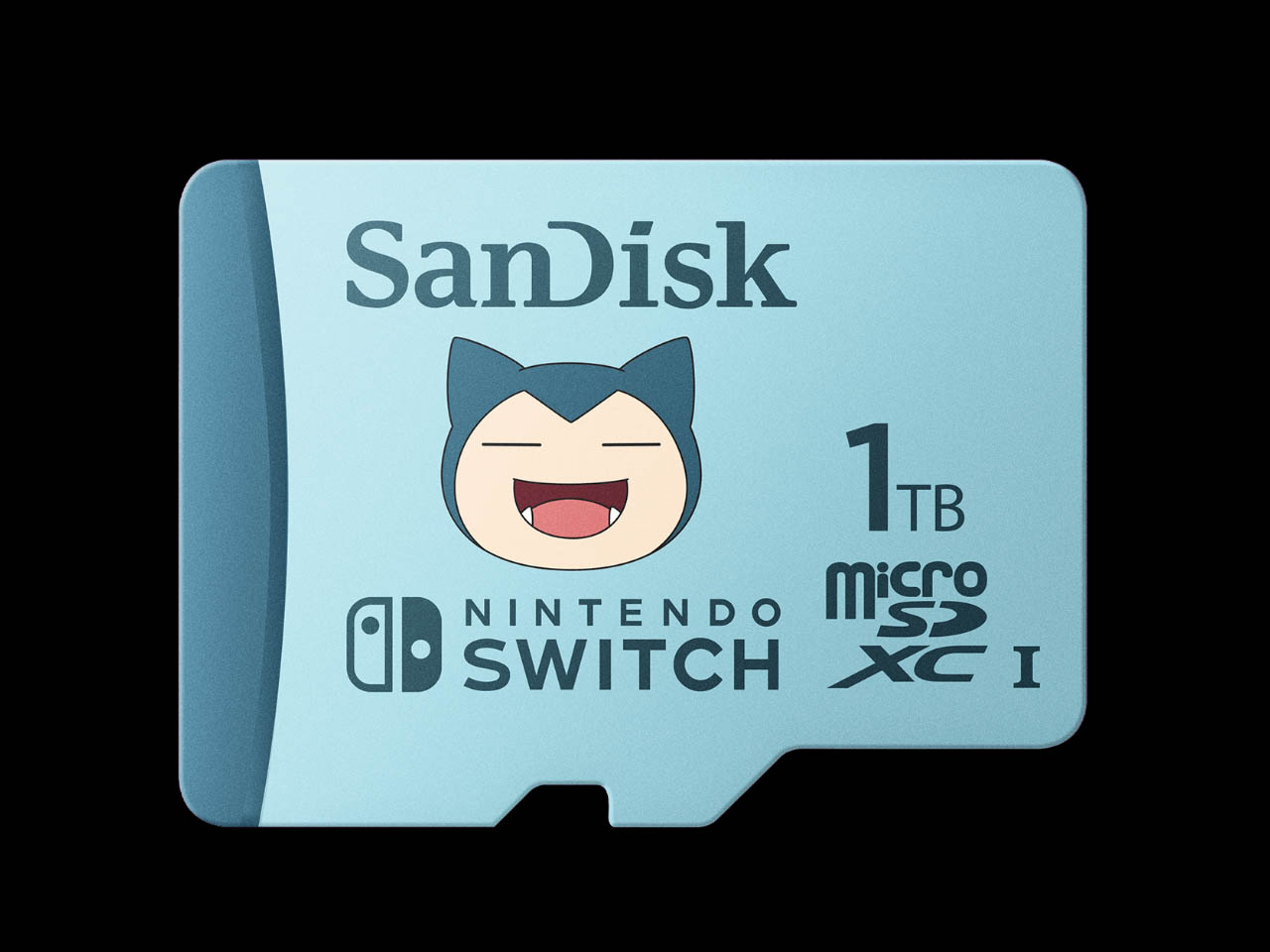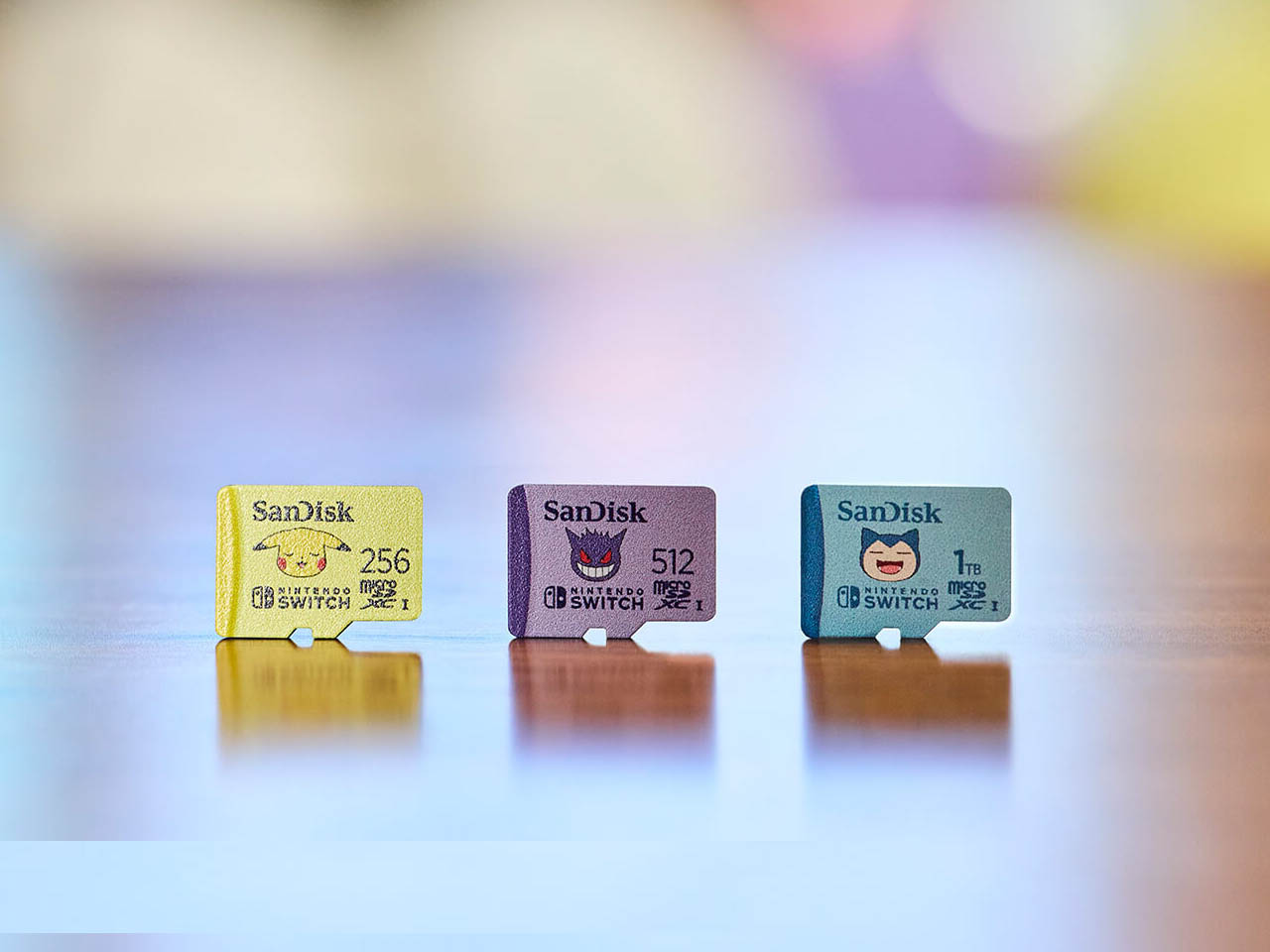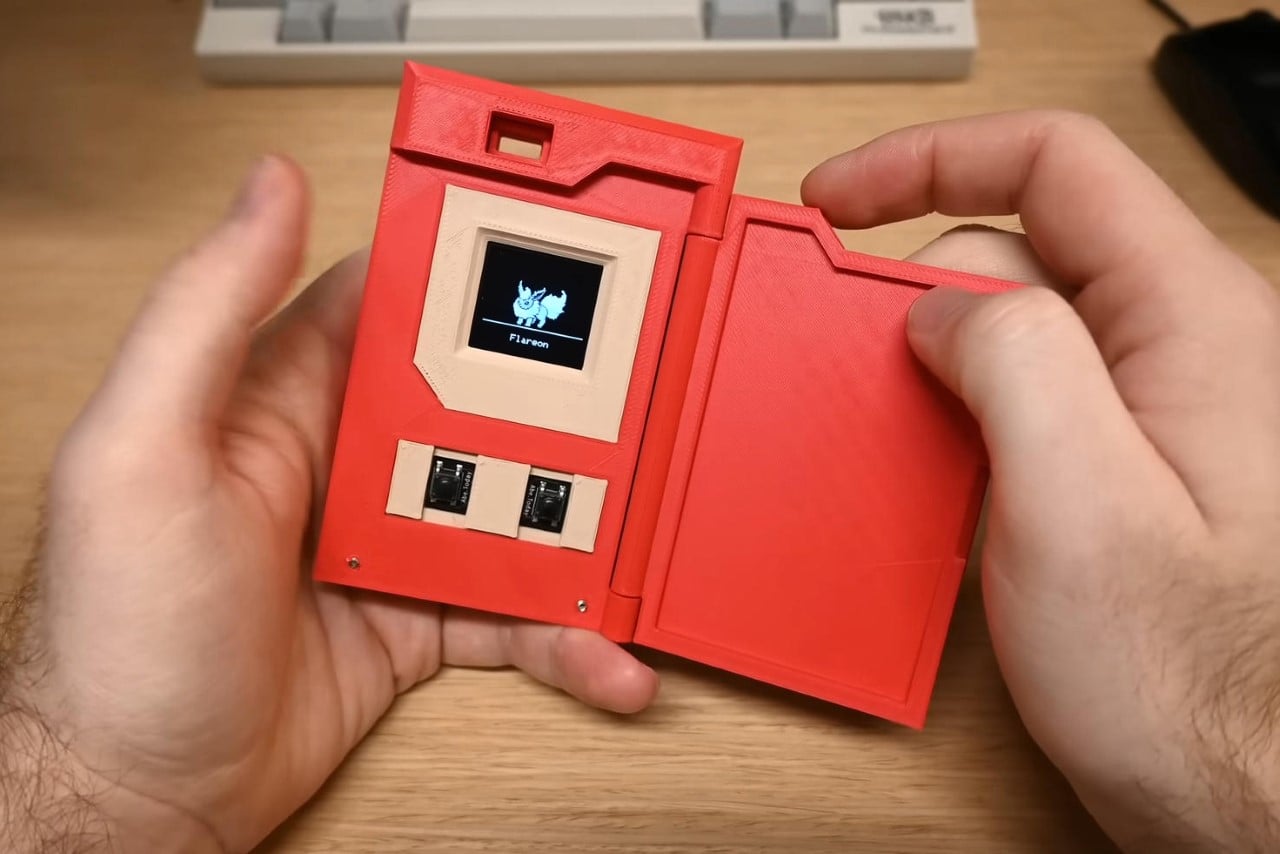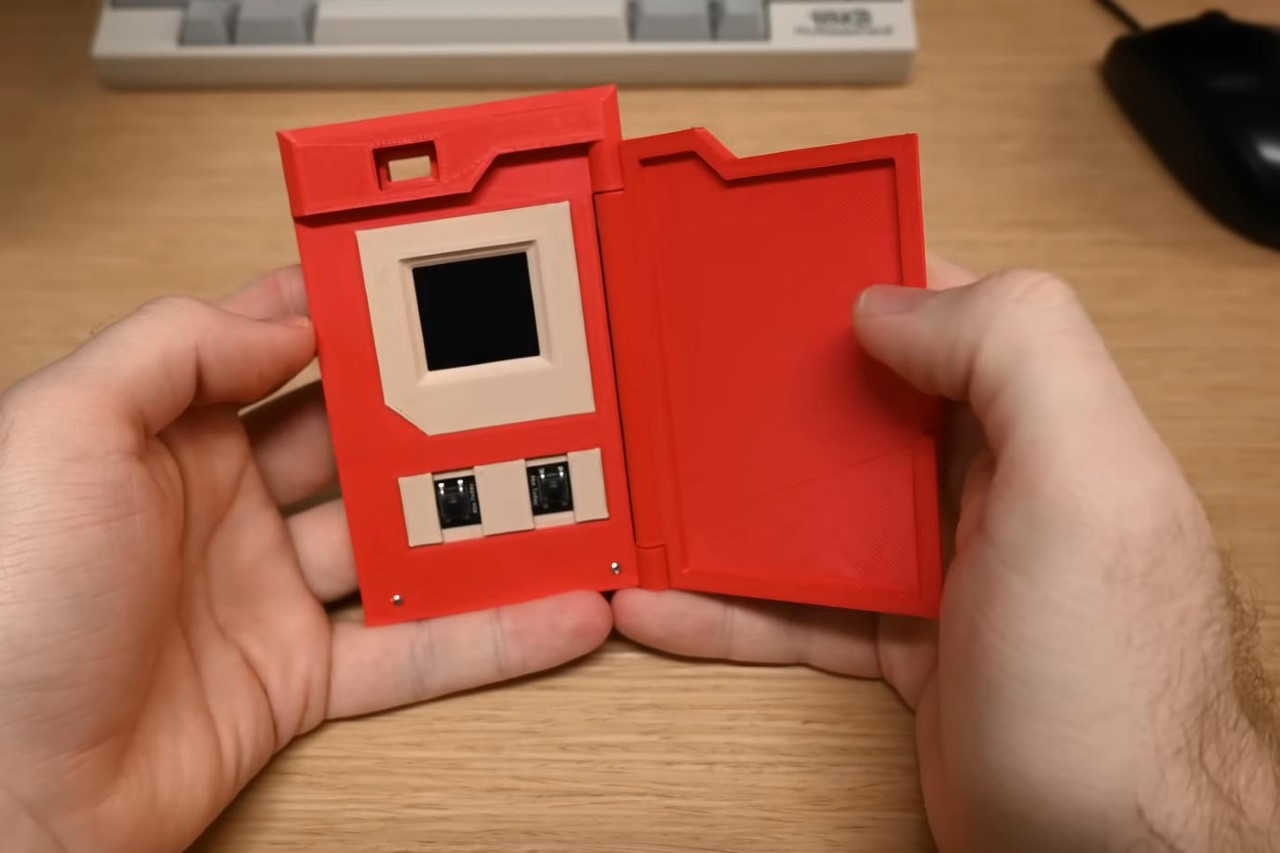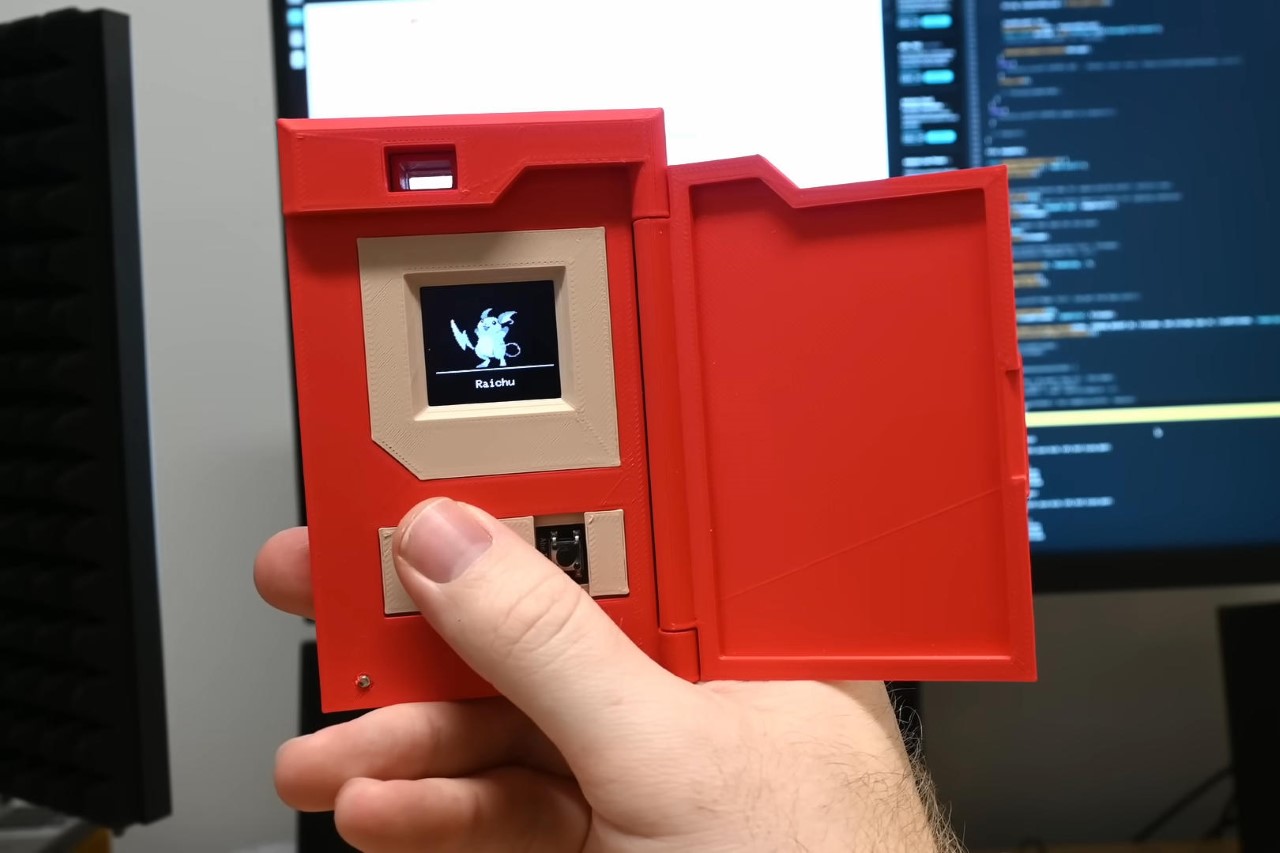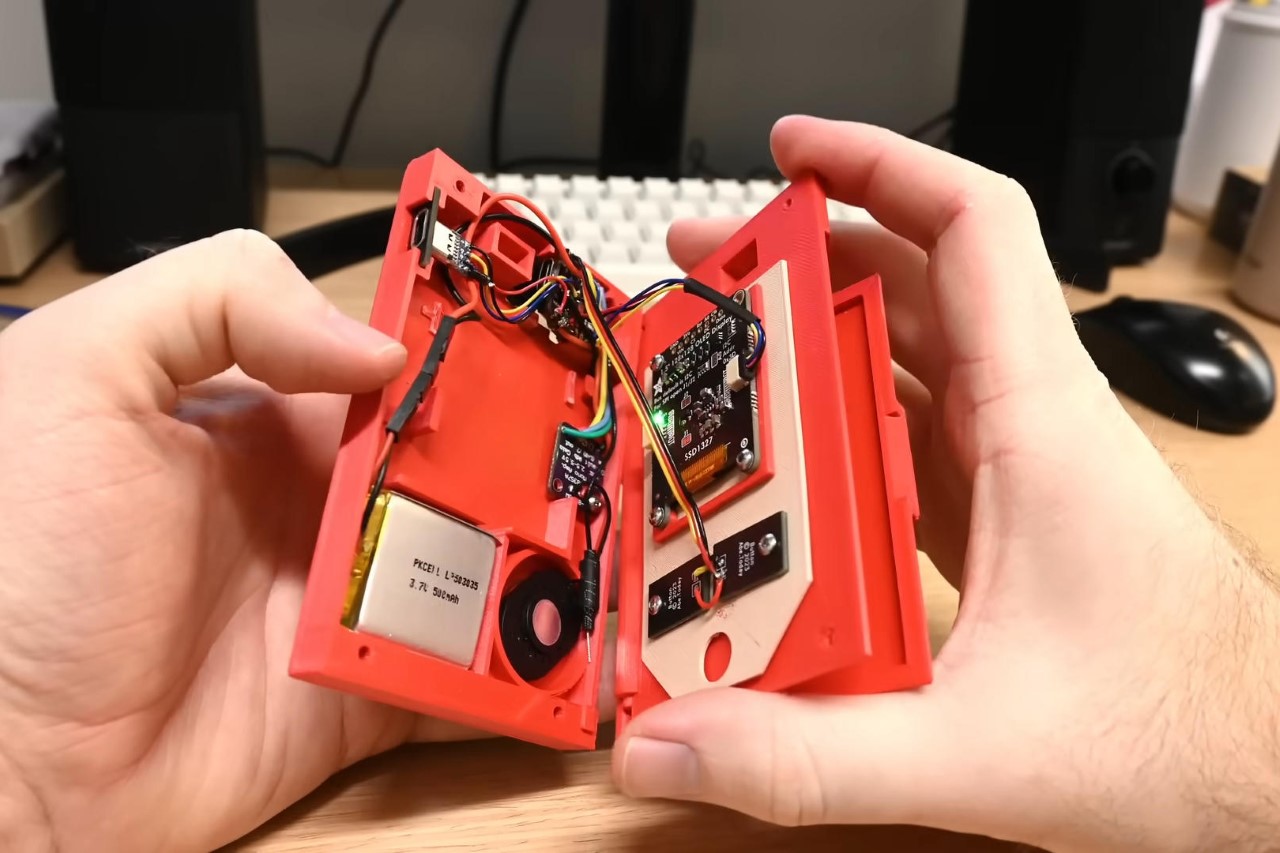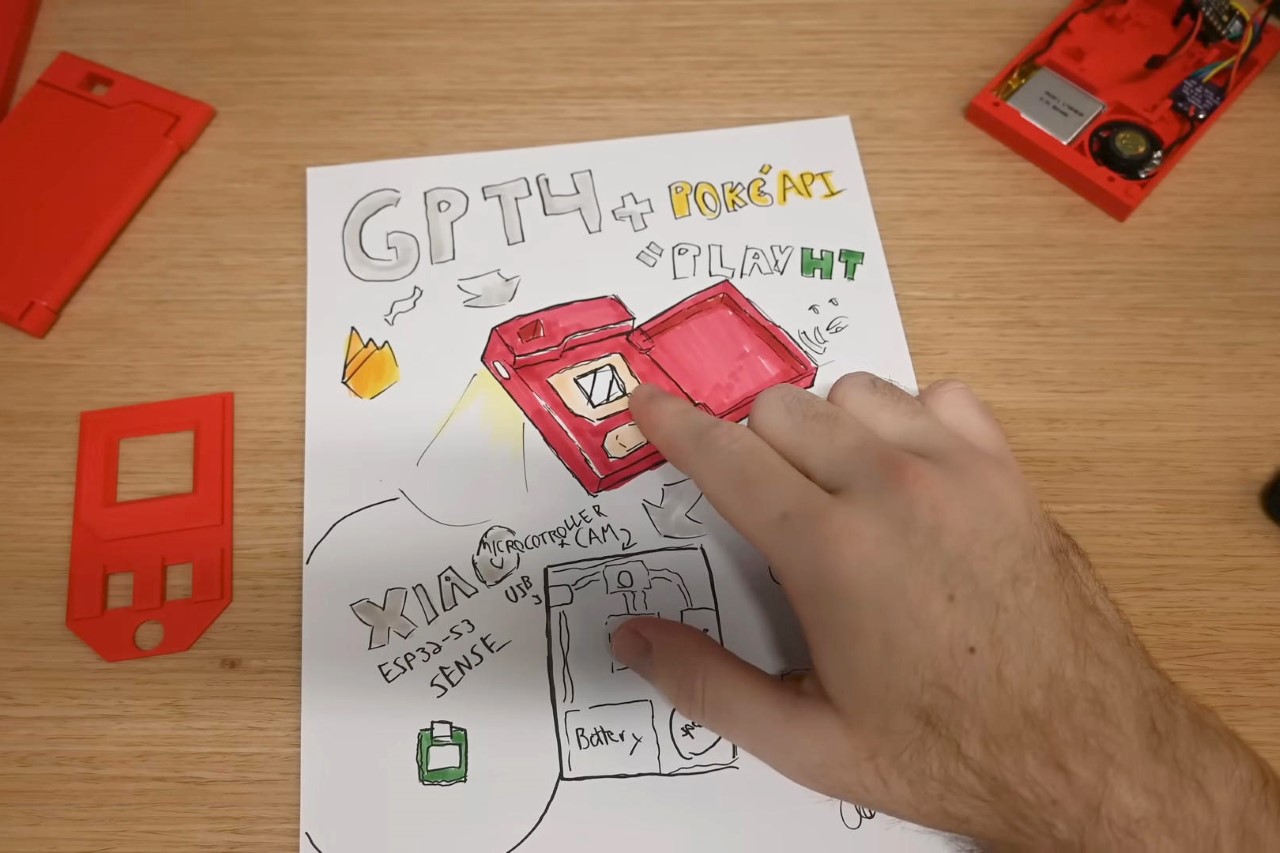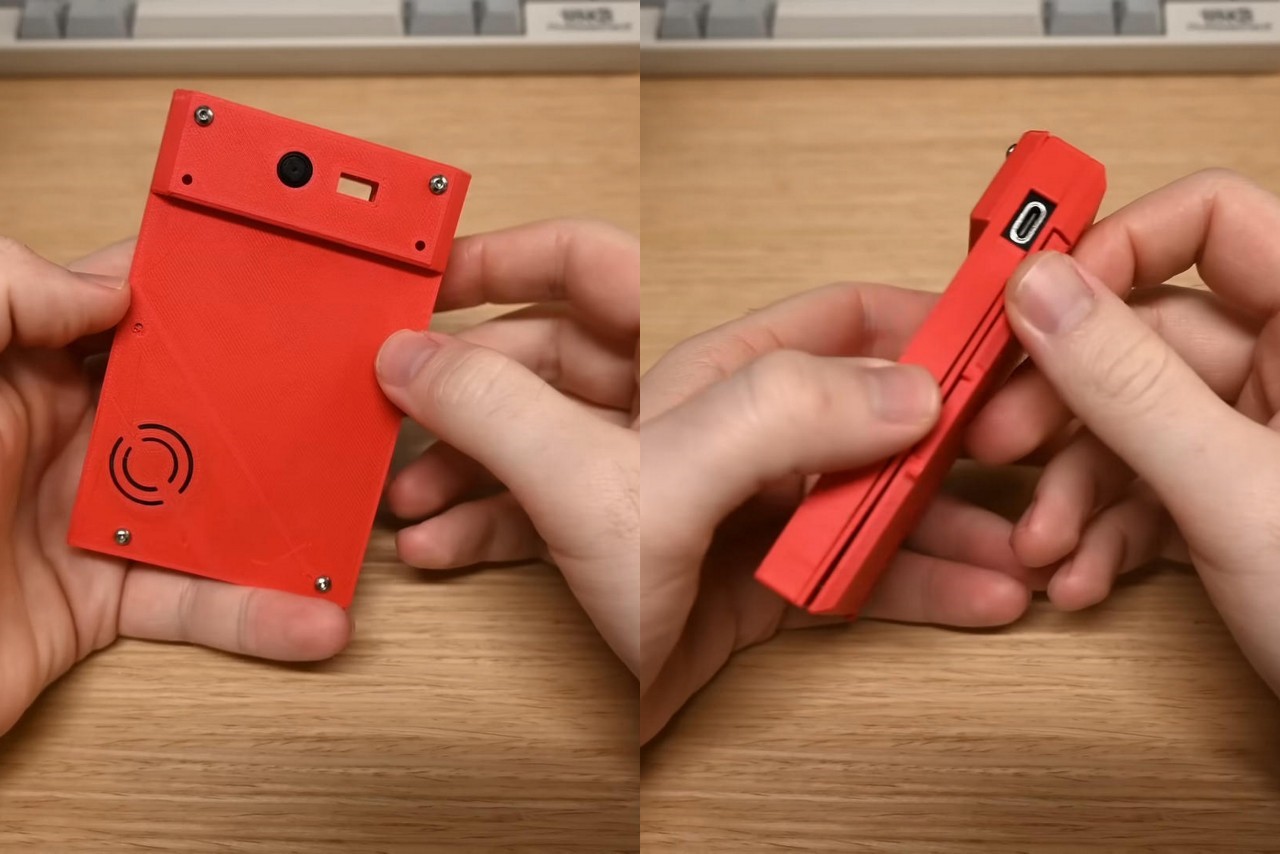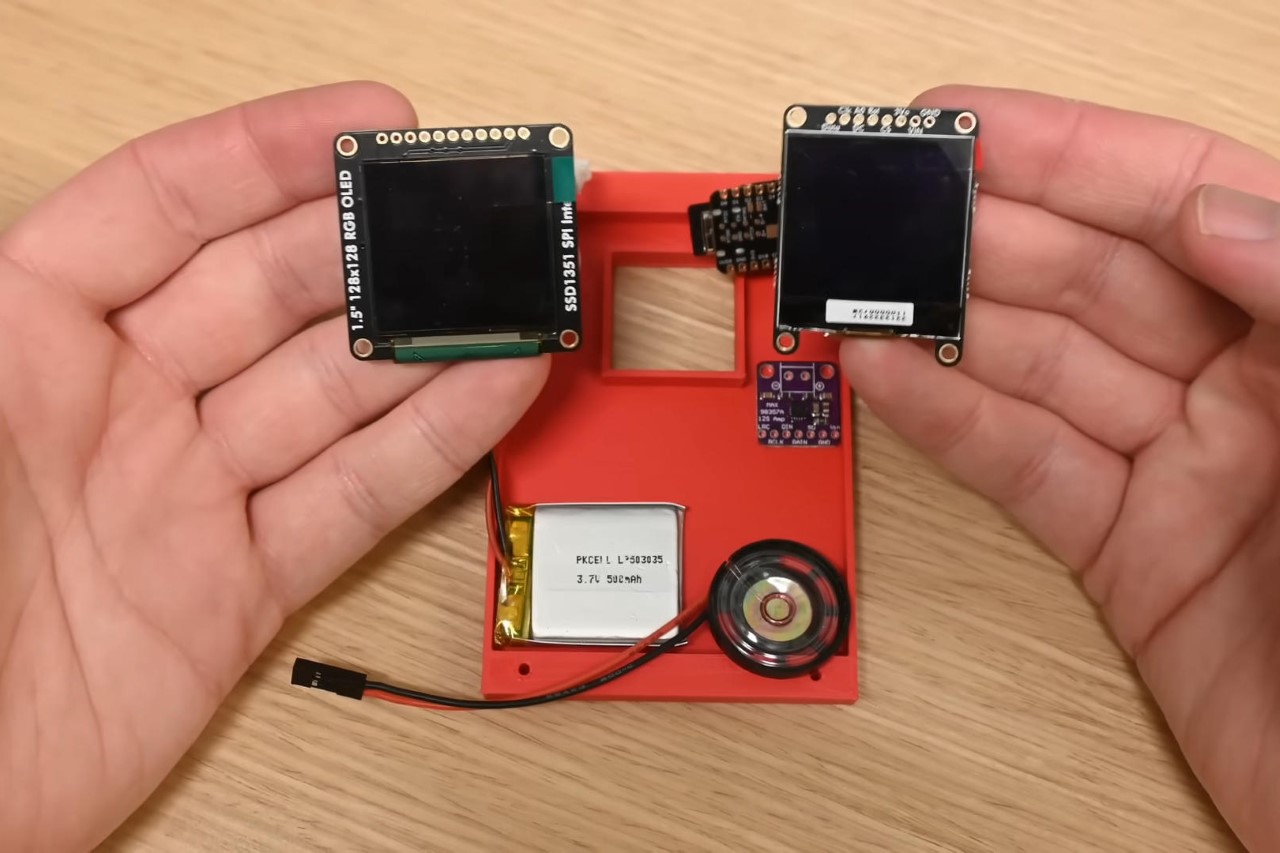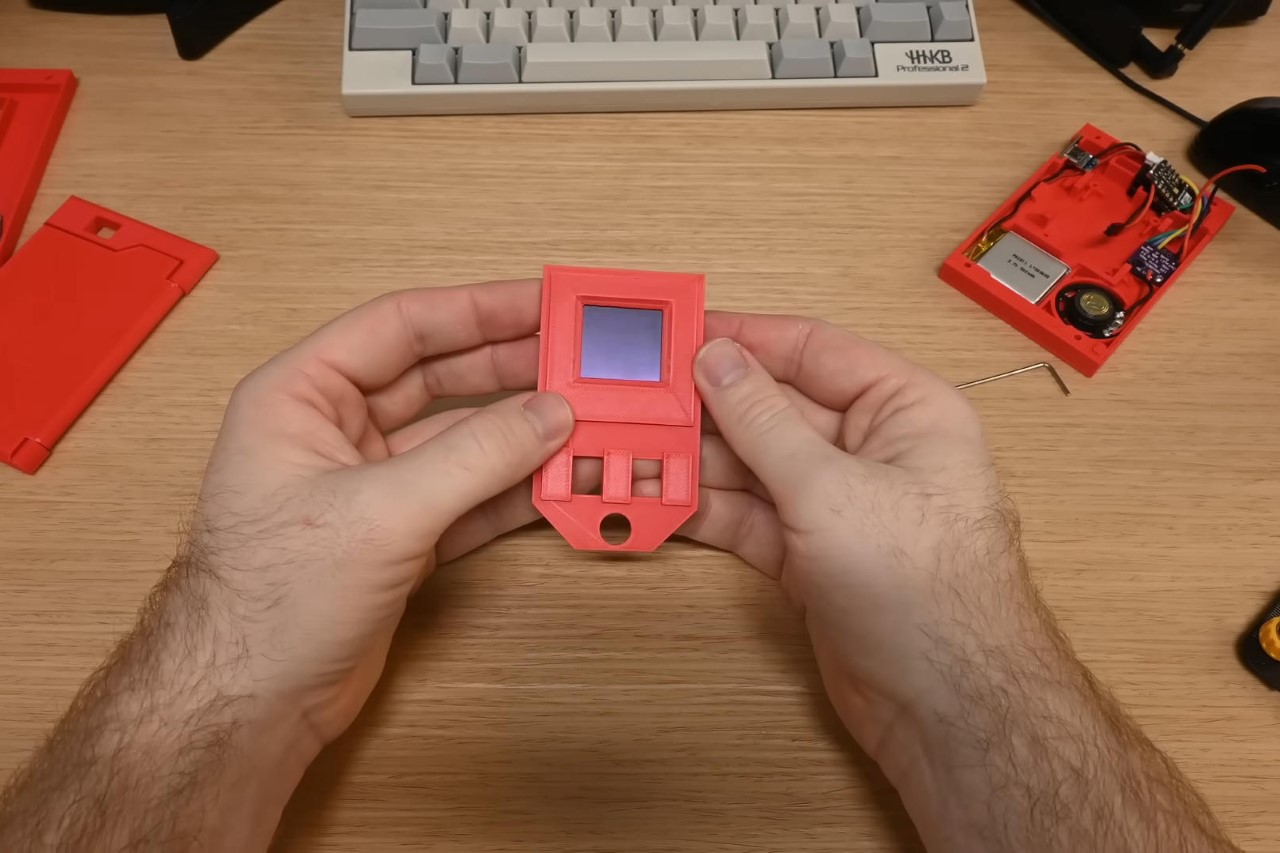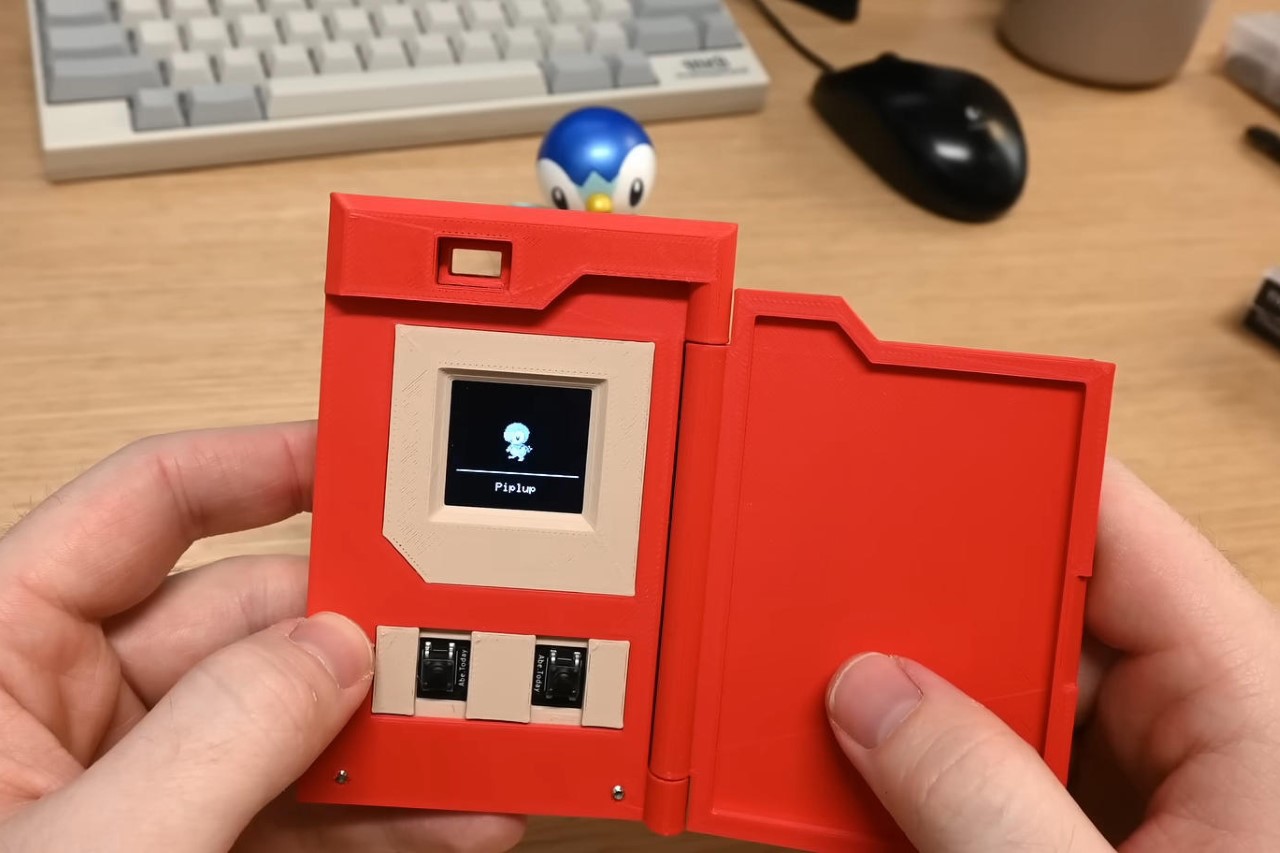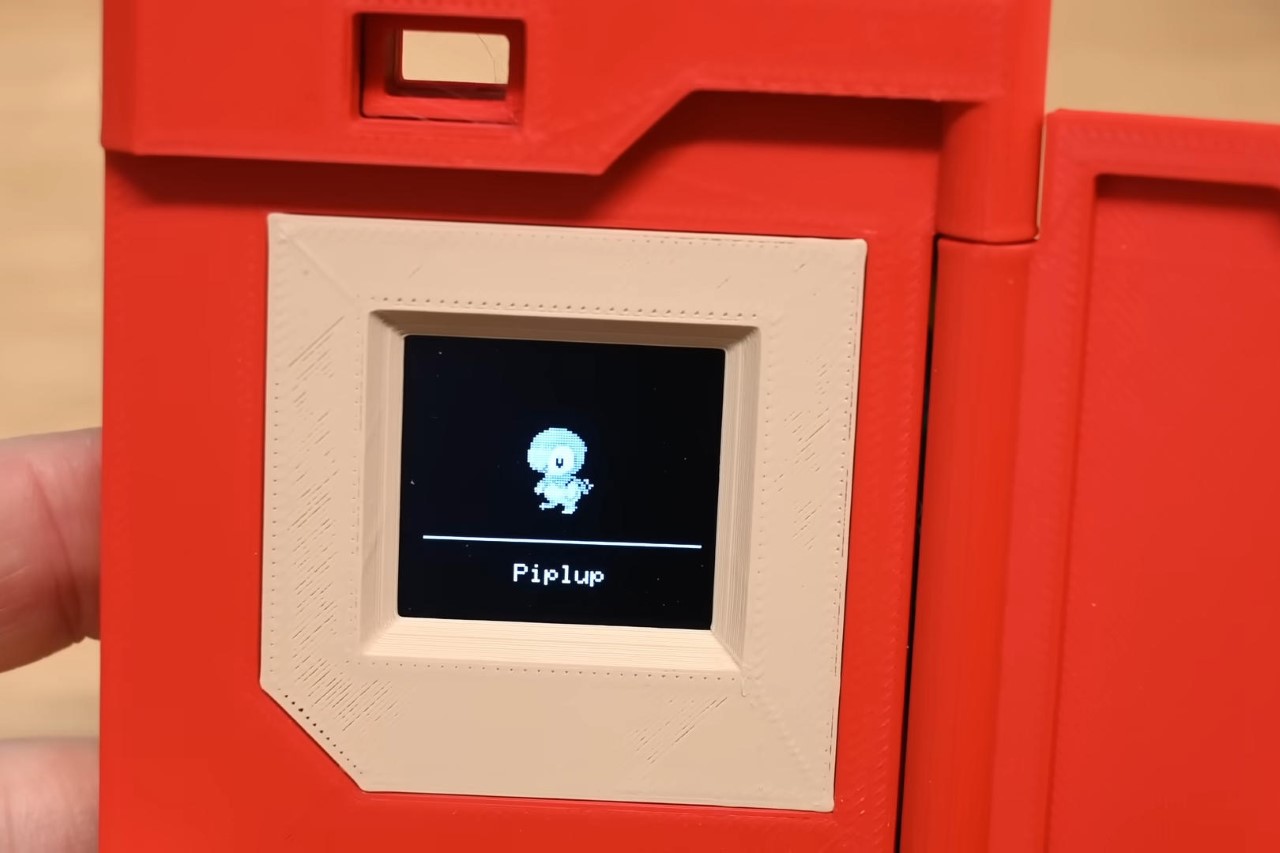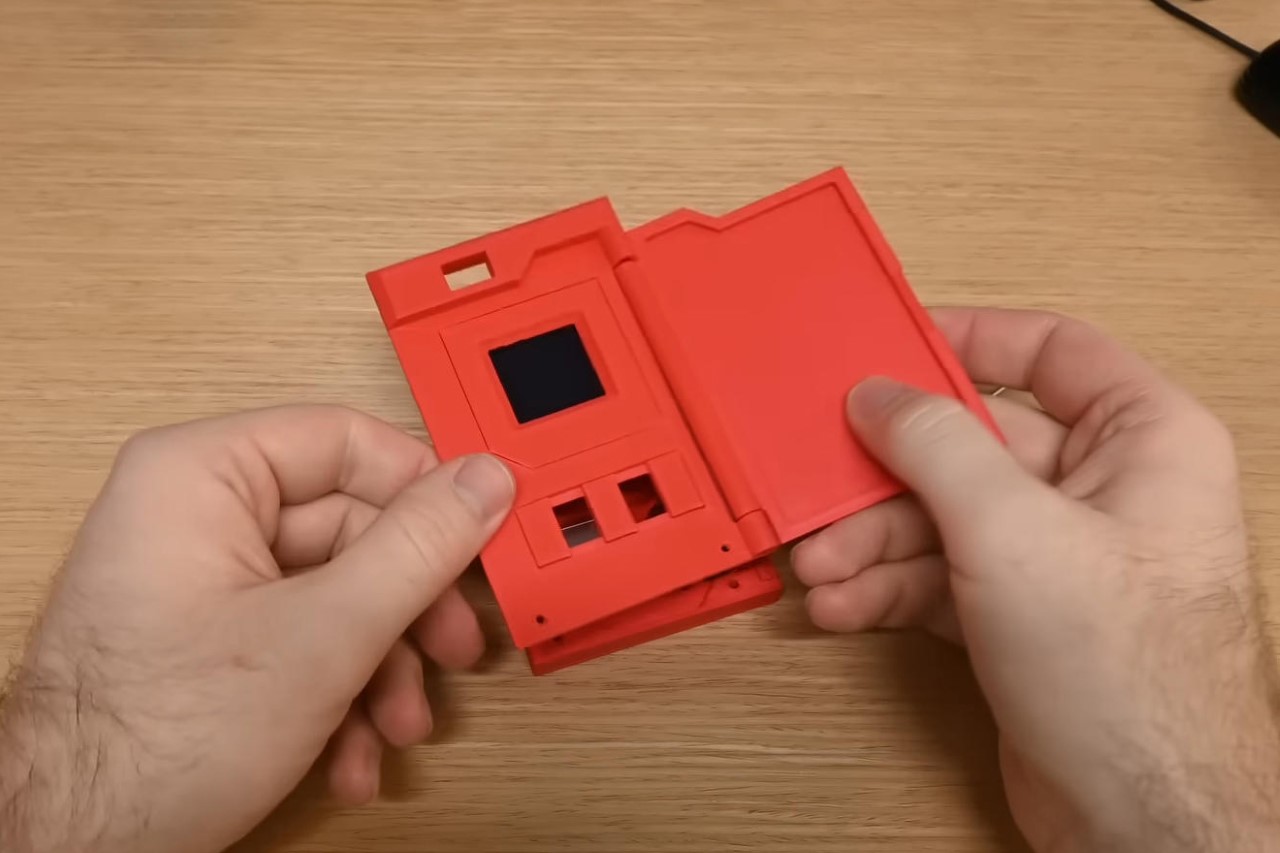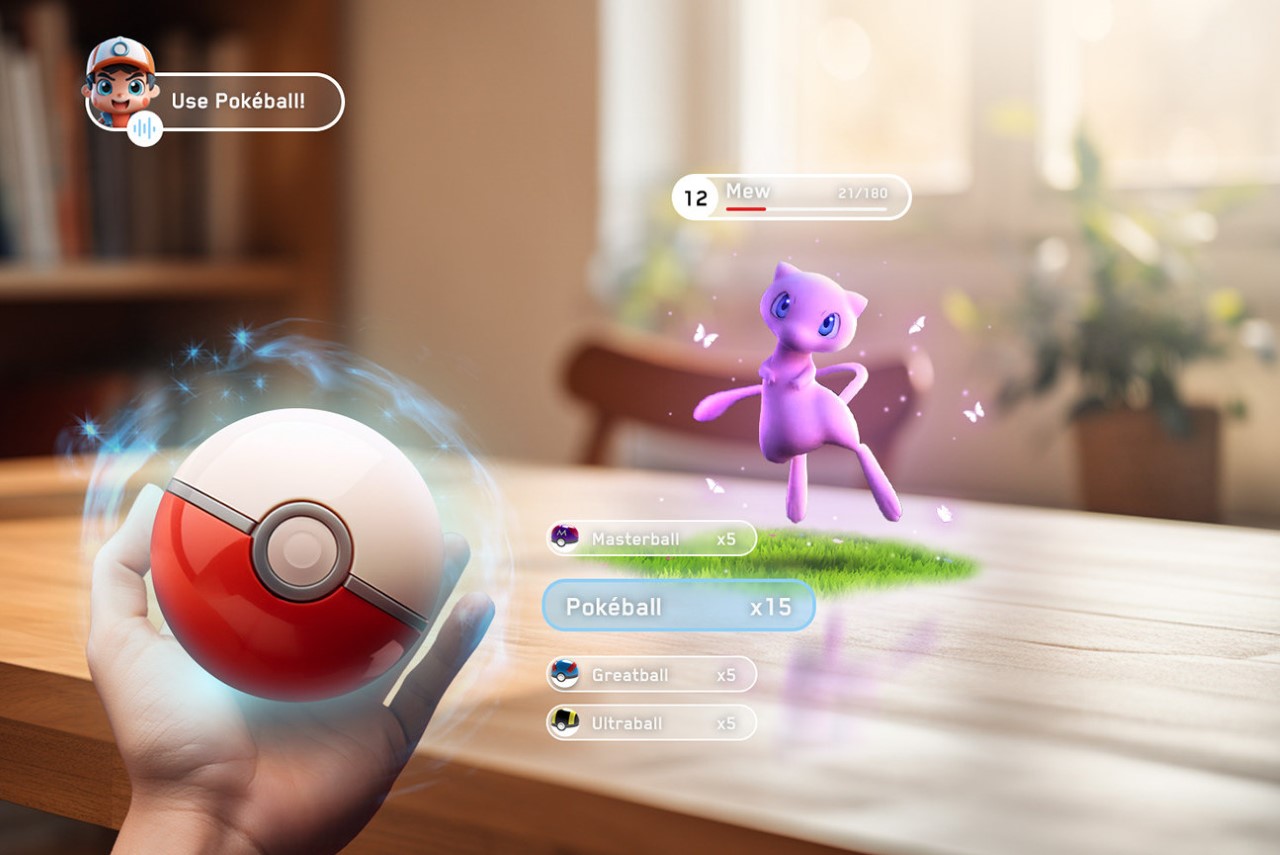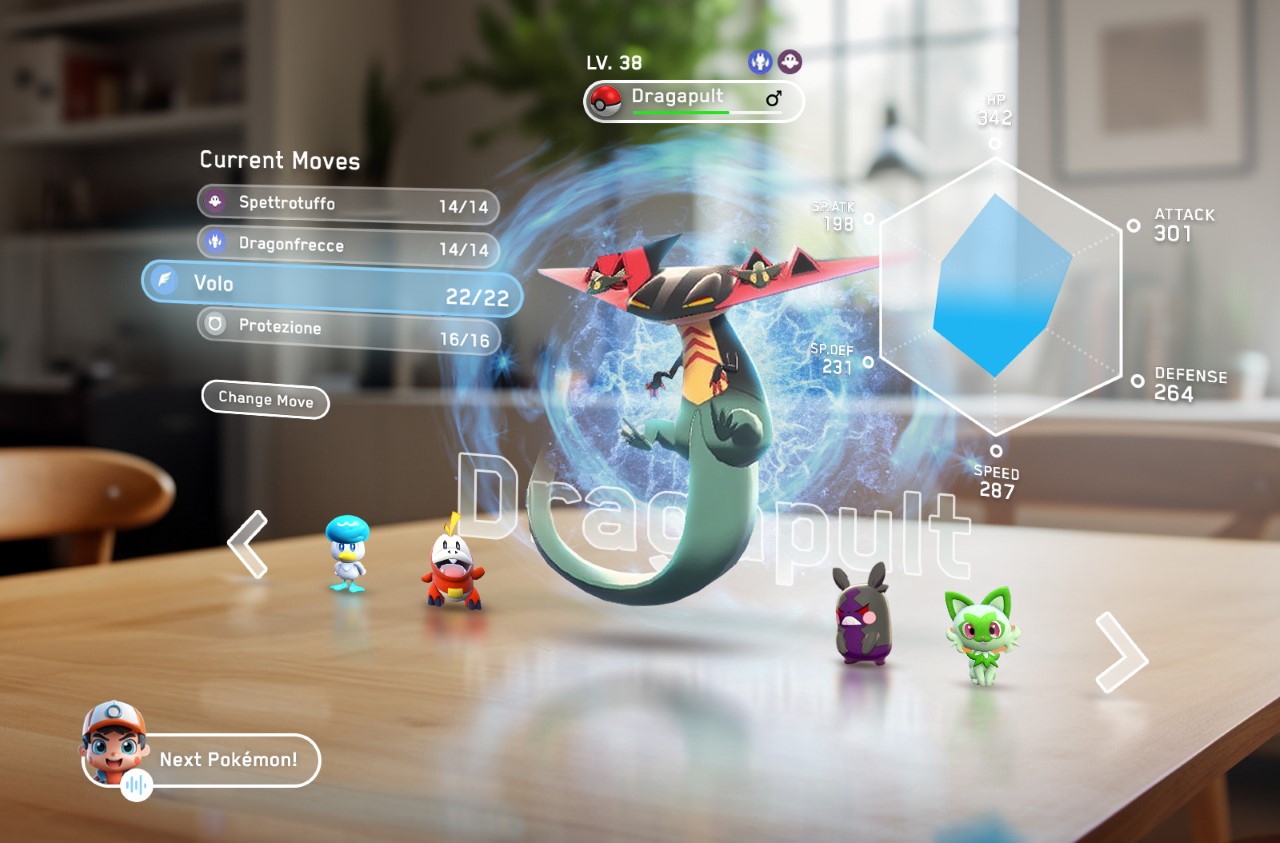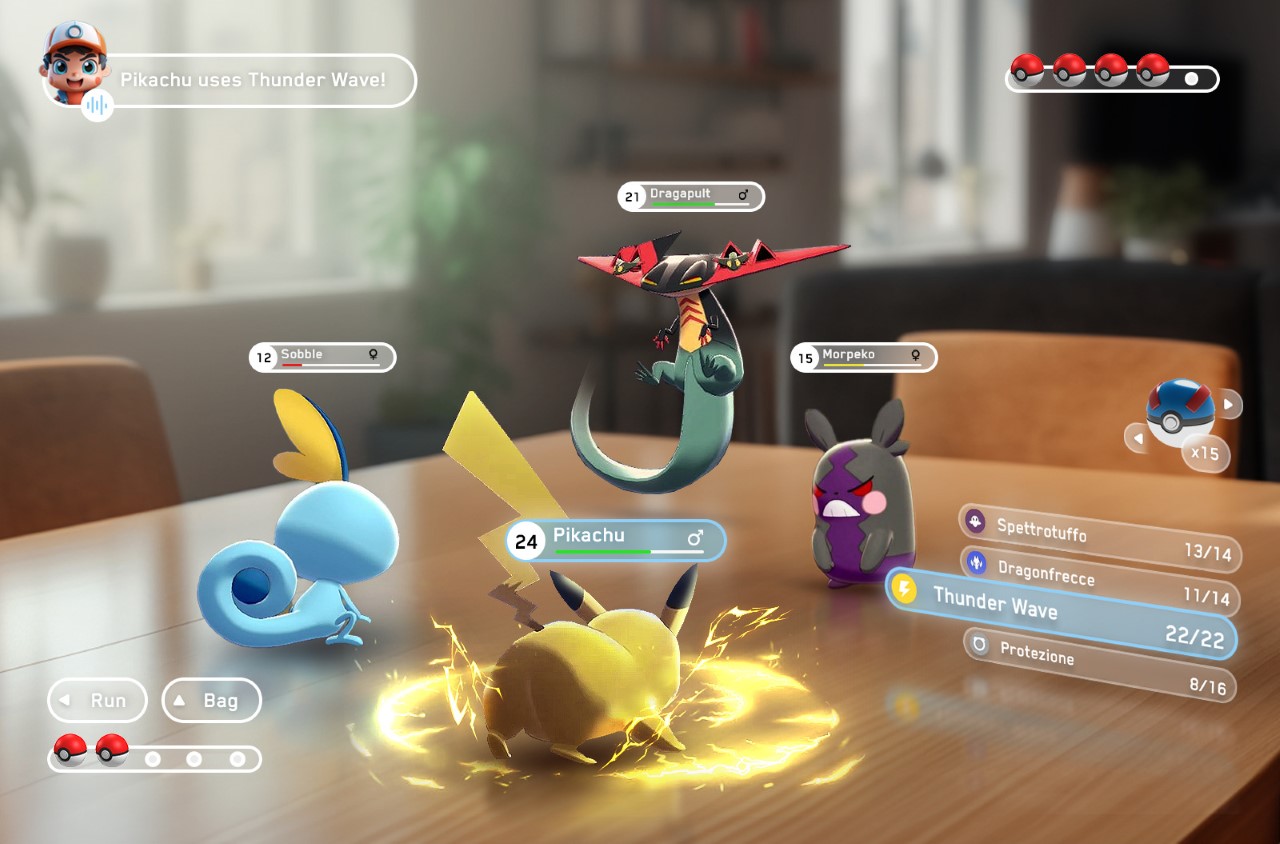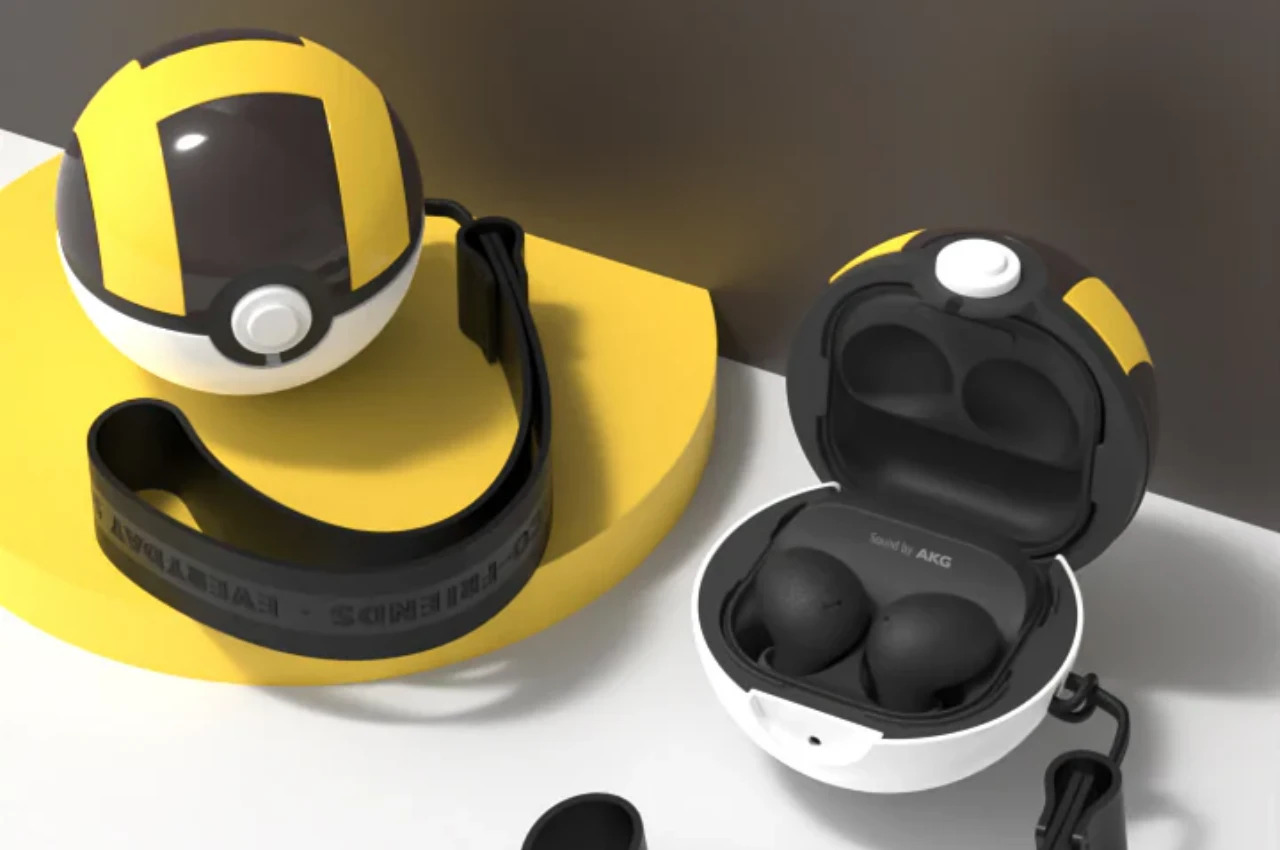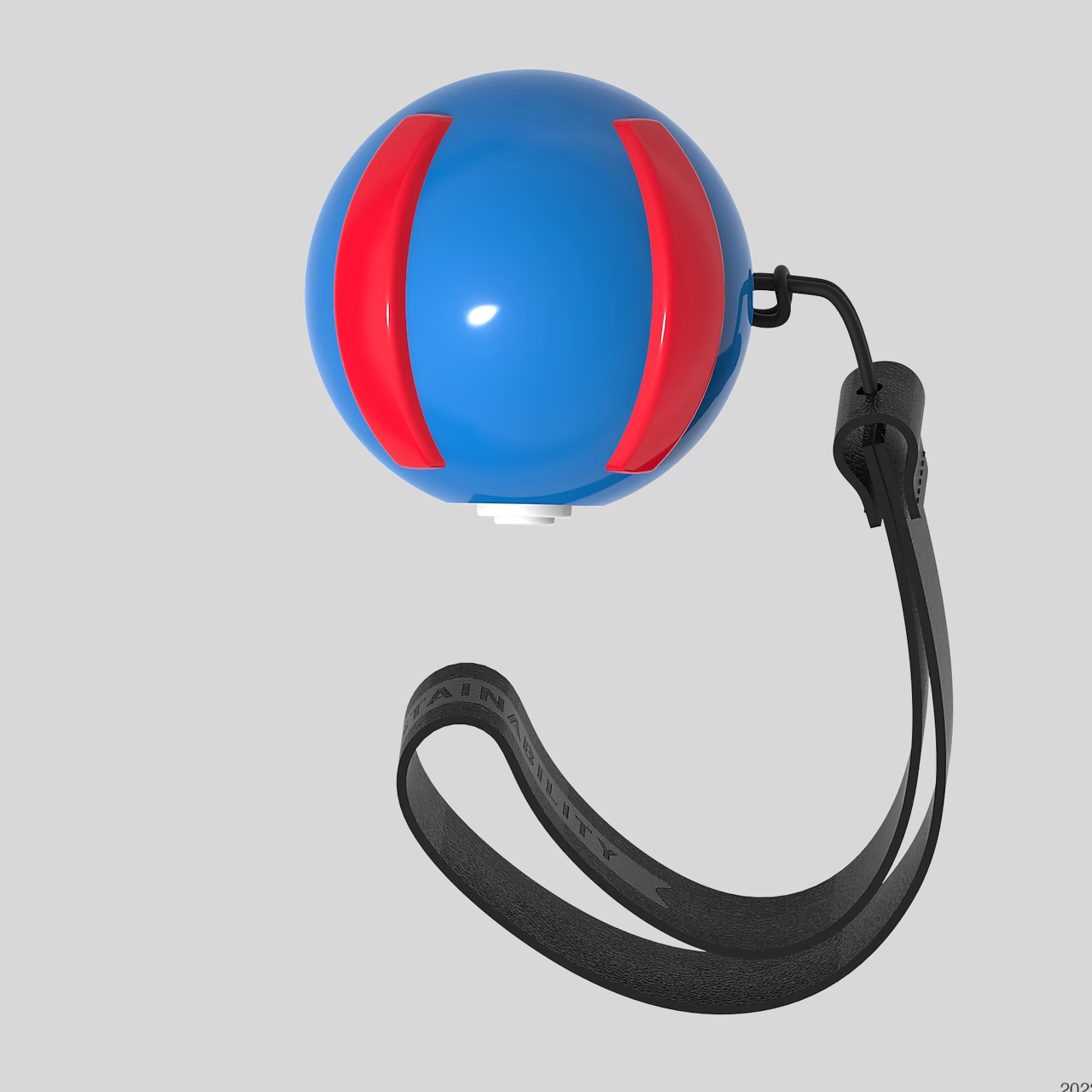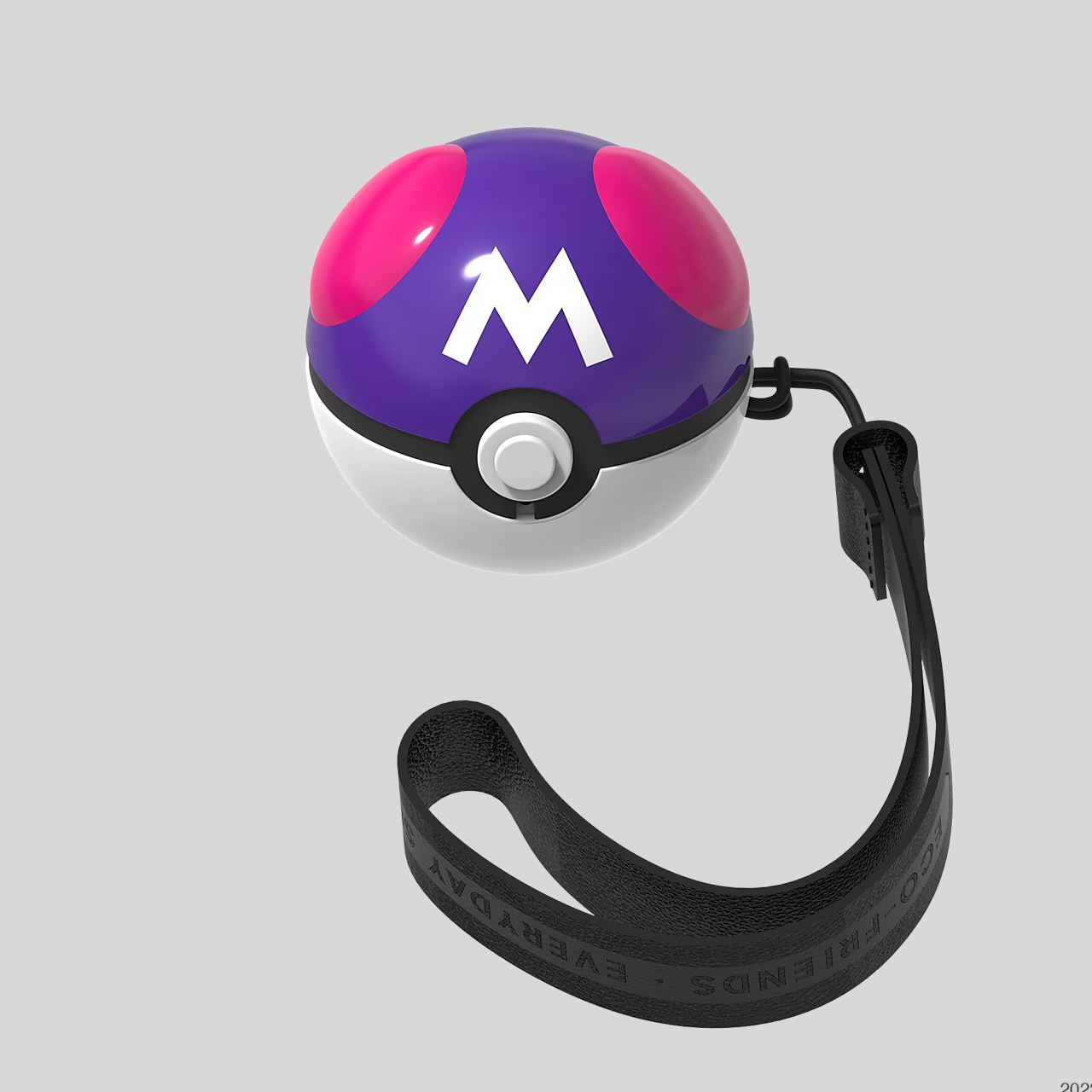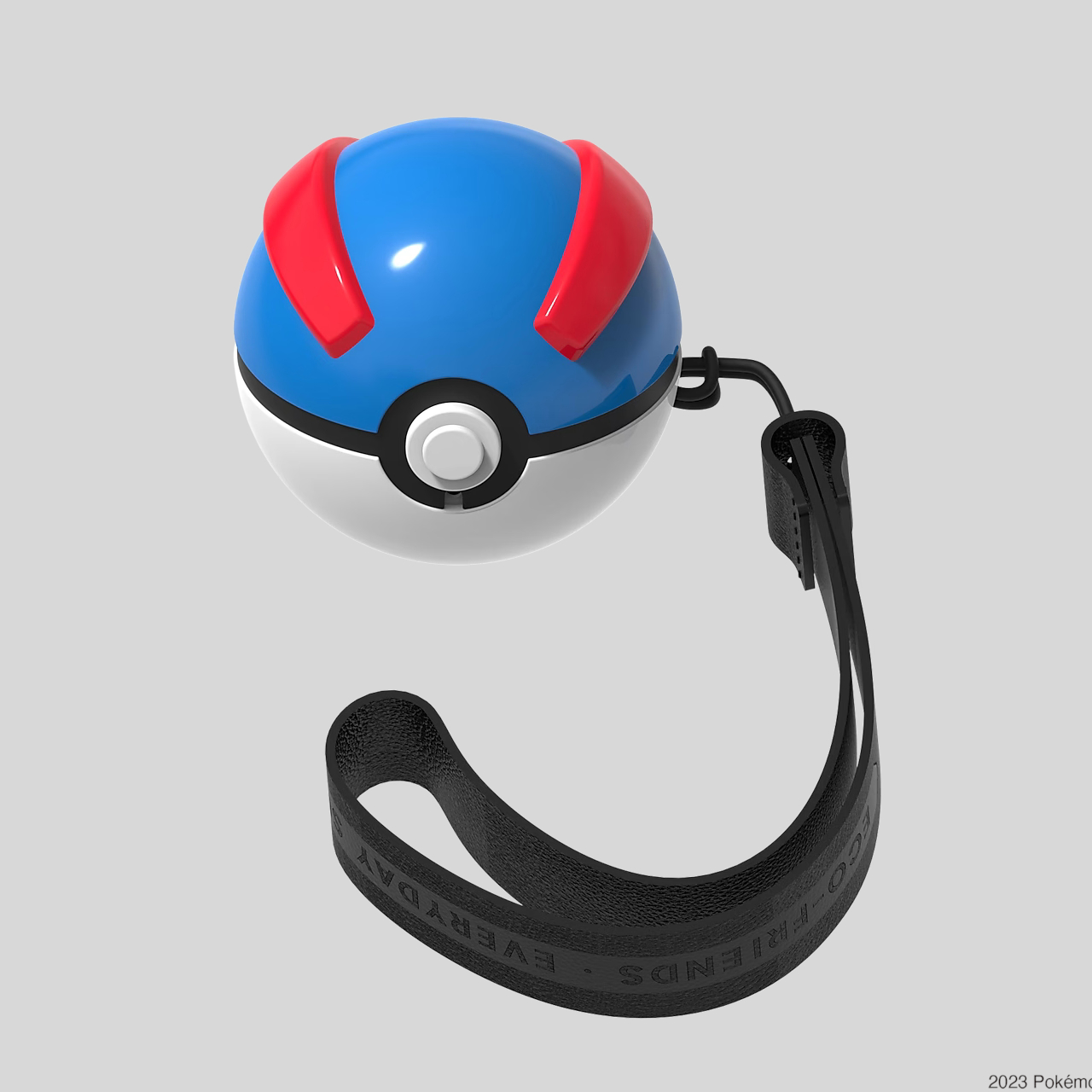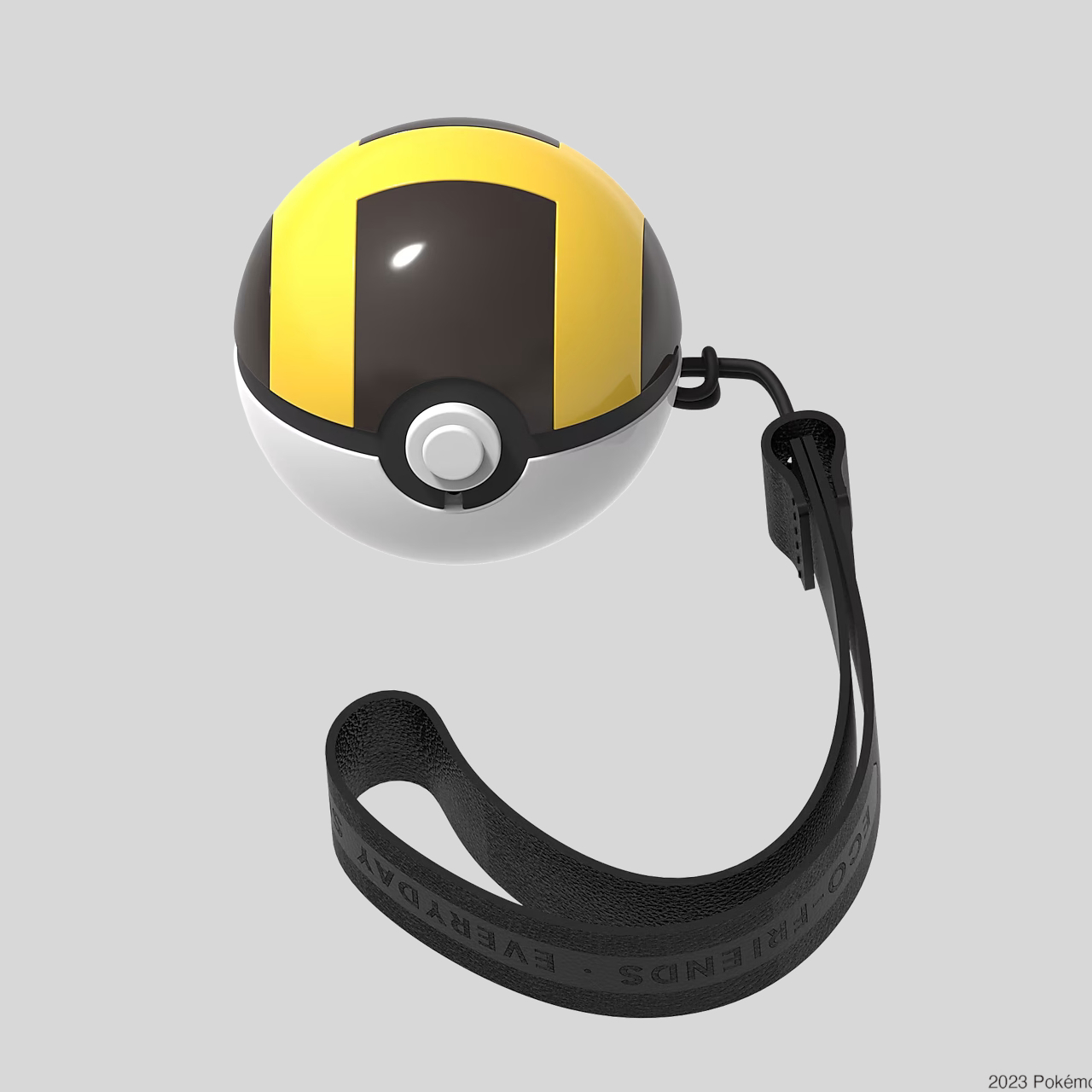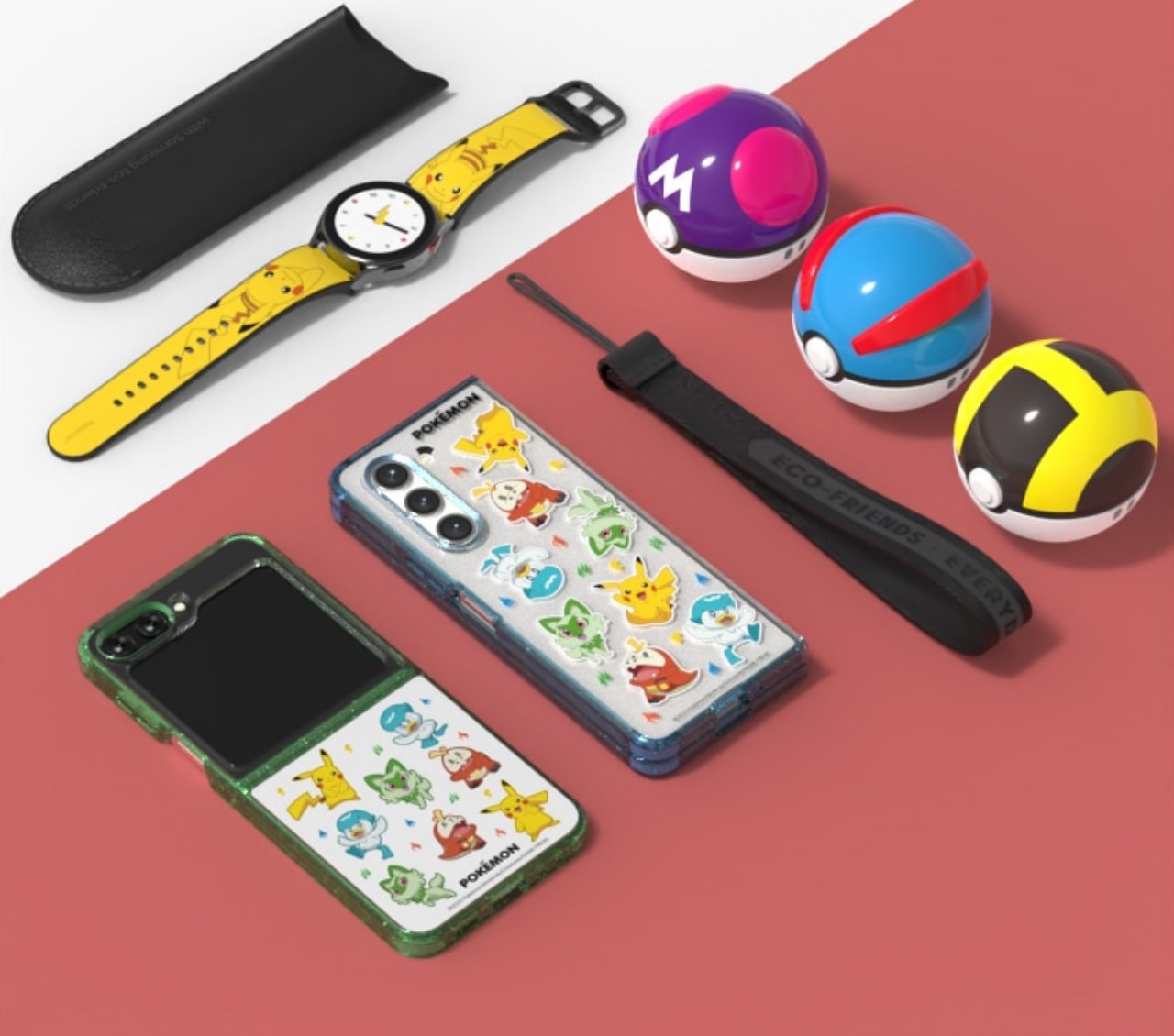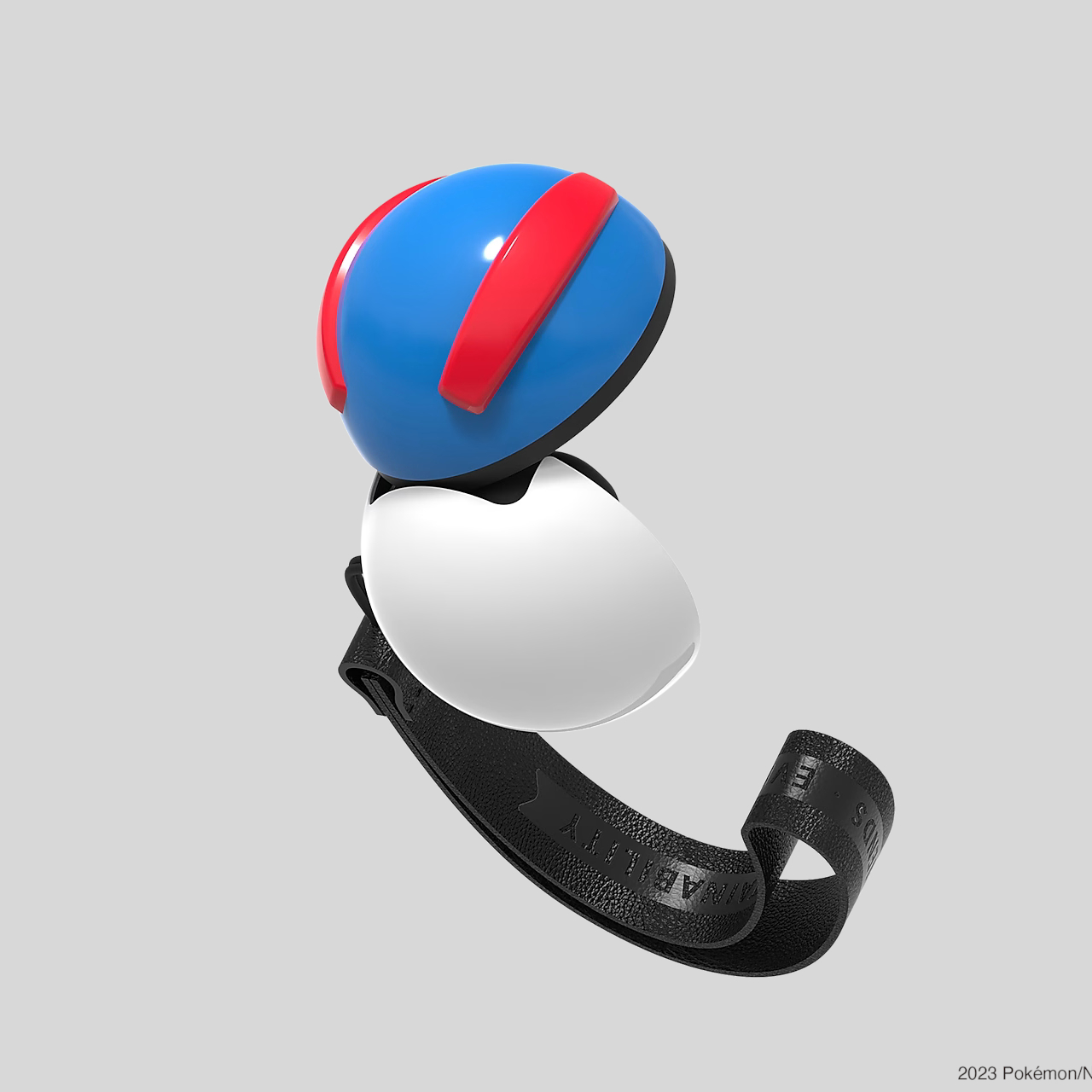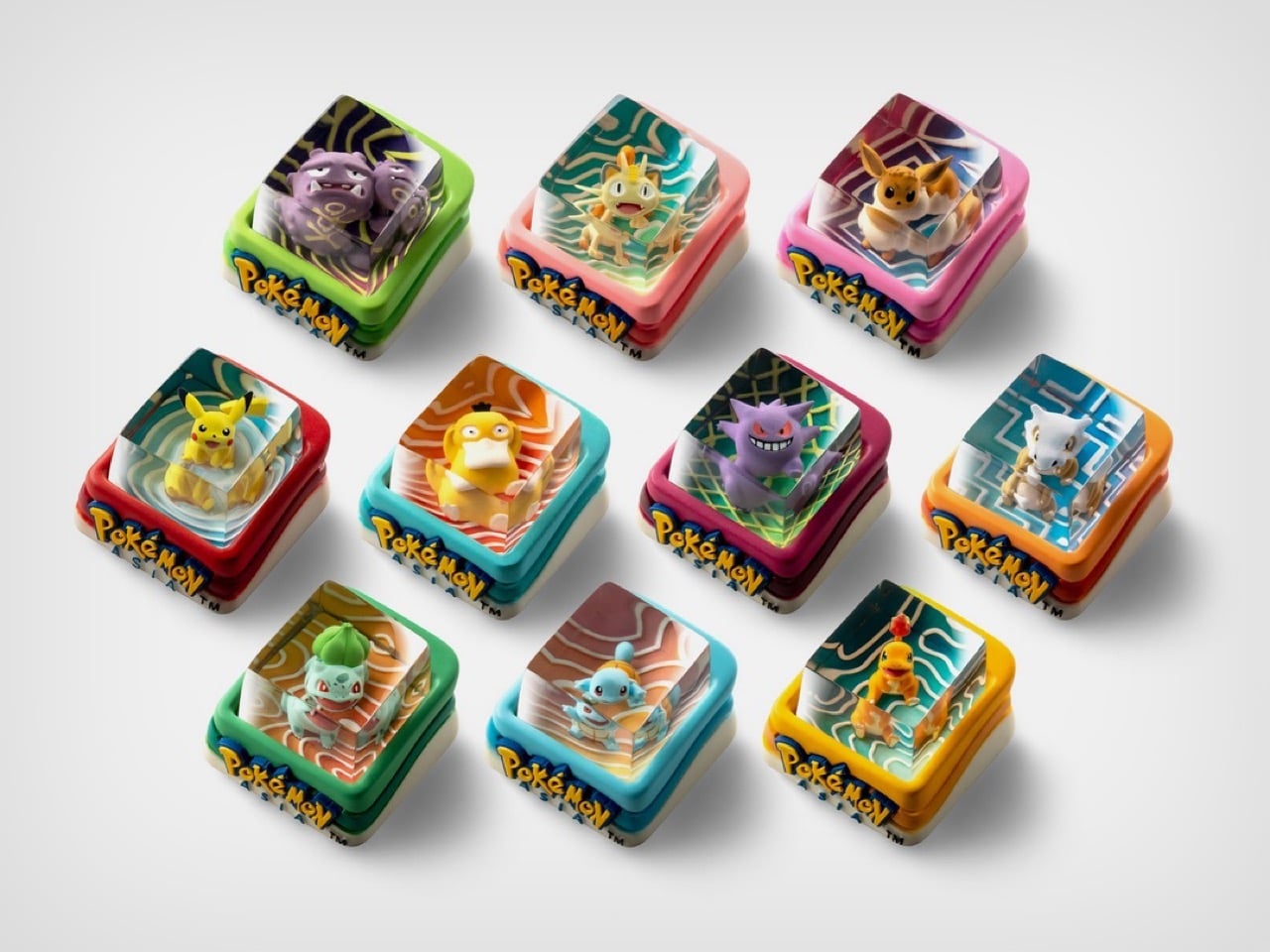
With 10 Pokémon that you can theoretically catch, Dwarf Factory’s Pokémon keycaps let you turn your keyboard into a functional monster-collection. Each keycap comes with a 3D Pokémon encased in clear resin, designed to face you when installed onto your mechanical keyboard. And if you’re a bit of a Pokémon sucker like me, these are like literal bait.
I remember the Pokémon GO days, Niantic had staggered the rollout across the globe, and India got the game months after it debuted. The only way to play was to use a VPN that let you geo-spoof your phone’s location. I used mine for a solid 2-3 months before Niantic actually caught on and banned me from the game. Some would say that would be enough to fix my fixation on Pokémon but it hasn’t. I still love the franchise, and might just end up buying a mechanical keyboard JUST so I could install these custom keycaps!
Designer: Dwarf Factory
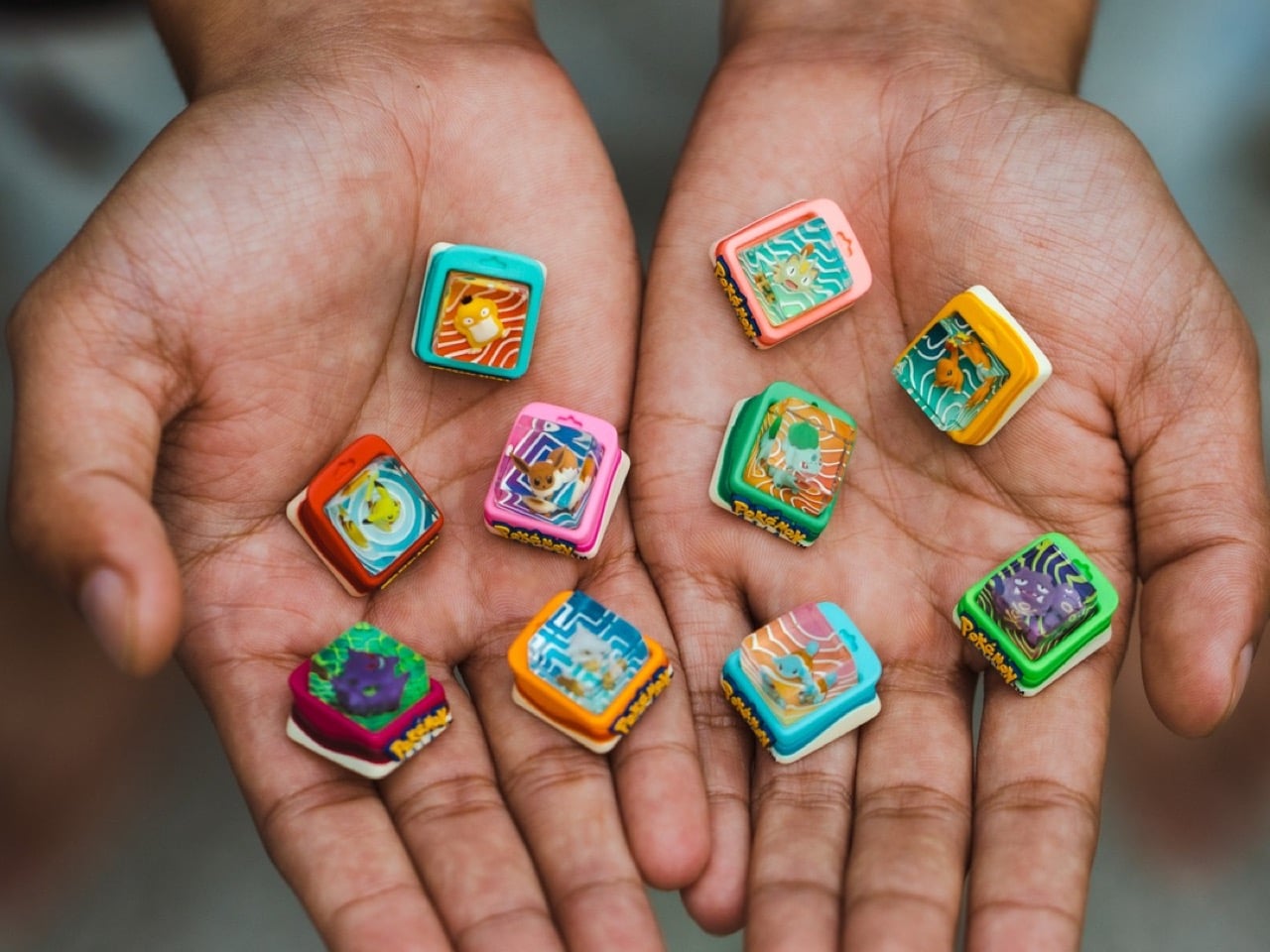
There are an entire bunch to choose from, ranging from the original Kanto region starters to a few of the original Pokémon from the series and game. Dwarf Factory designed these keycaps to look like the blister packaging you’d get the toys in. Each Pokémon is in a clear glass enclosure, around a colored block with the Pokémon branding on the bottom and a hang-tag on the top that you’d use to hang/display these toys.
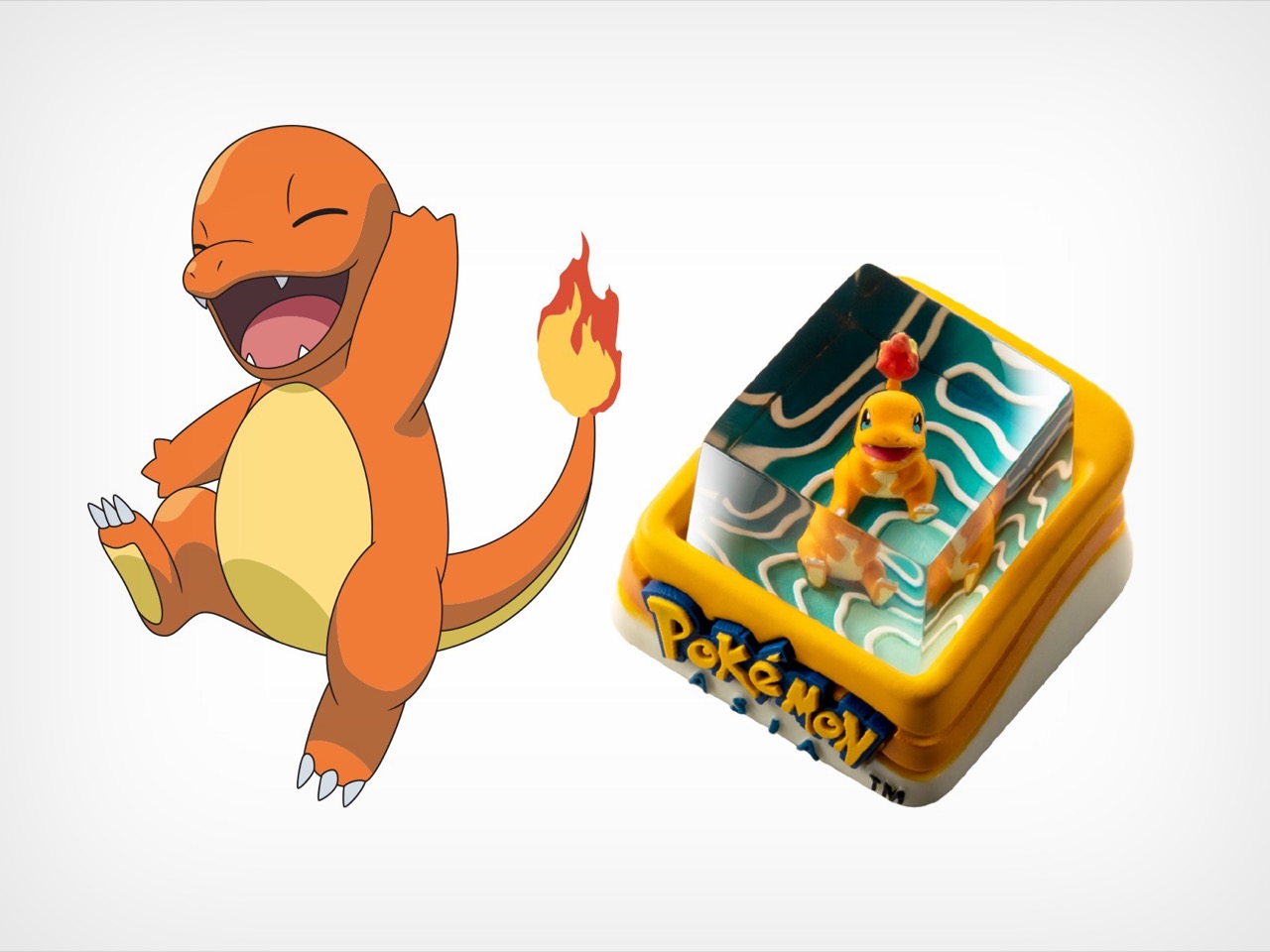
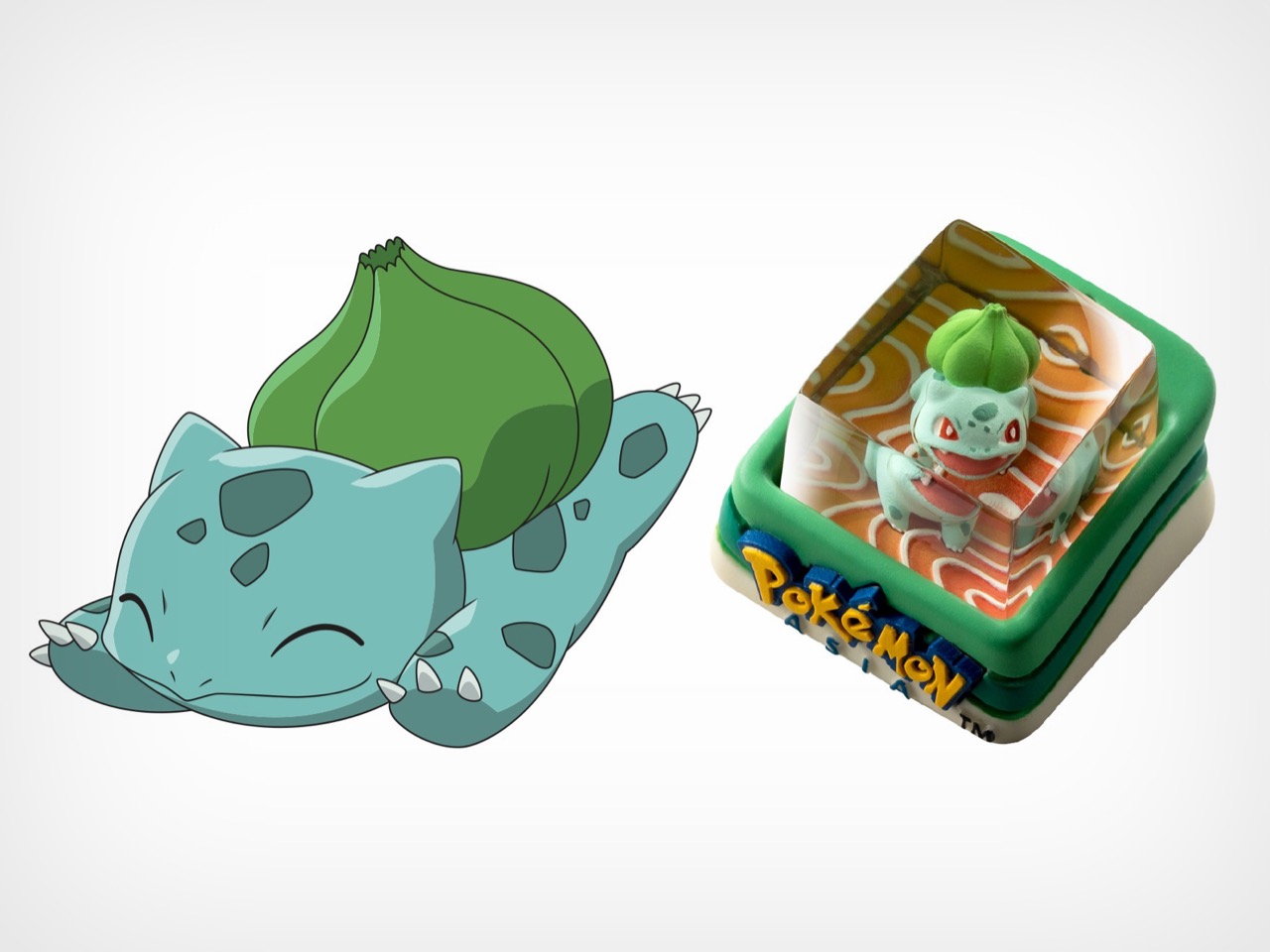
Everyone who’s played the game on their GameBoy knows that there’s no starting without a ‘starter’ Pokémon. The series includes the classic Bulbasaur, Charmander, and Squirtle, as well as Pikachu, the iconic Pokémon that anyone who’s seen the series or movies will recognize.
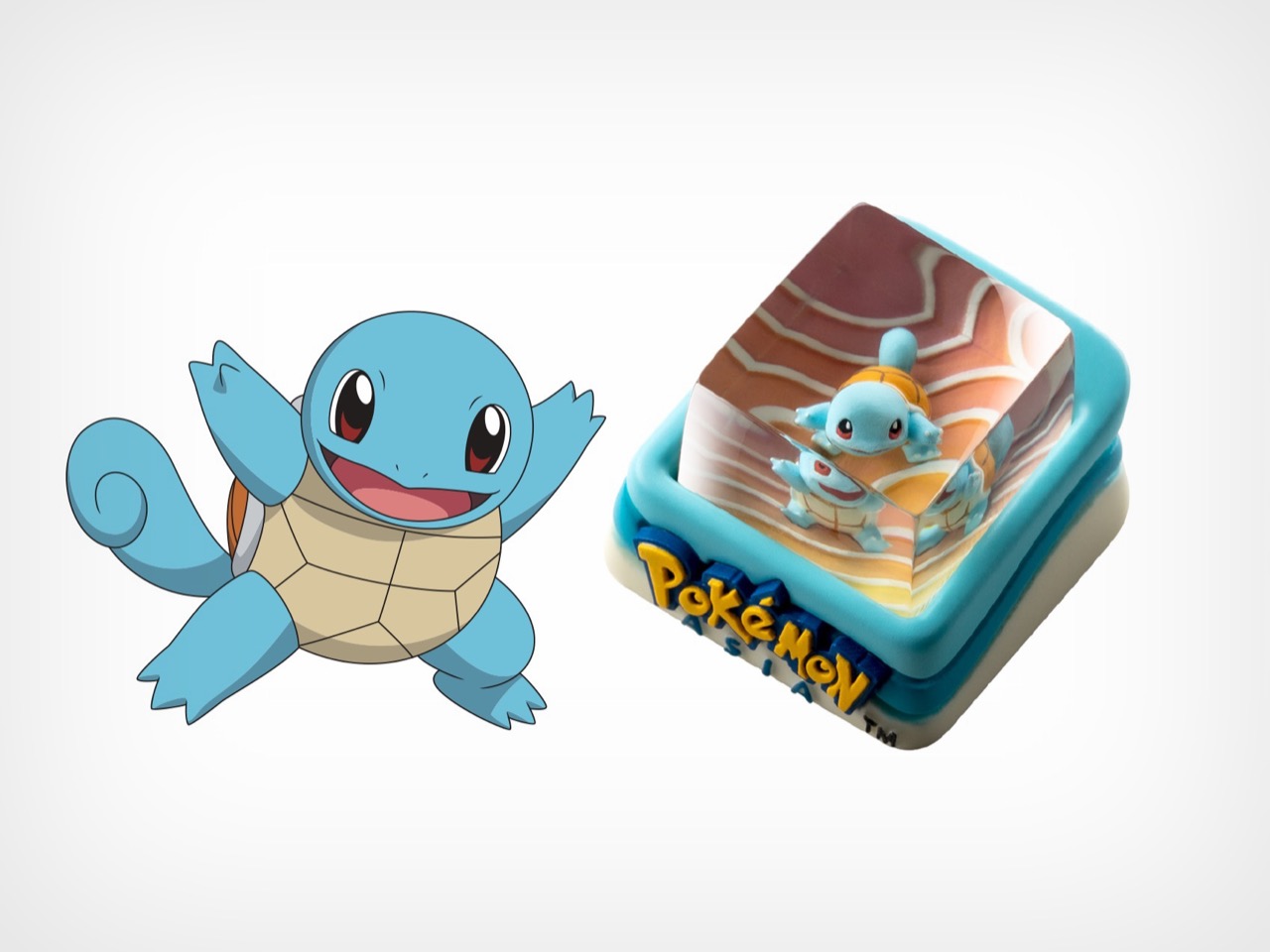
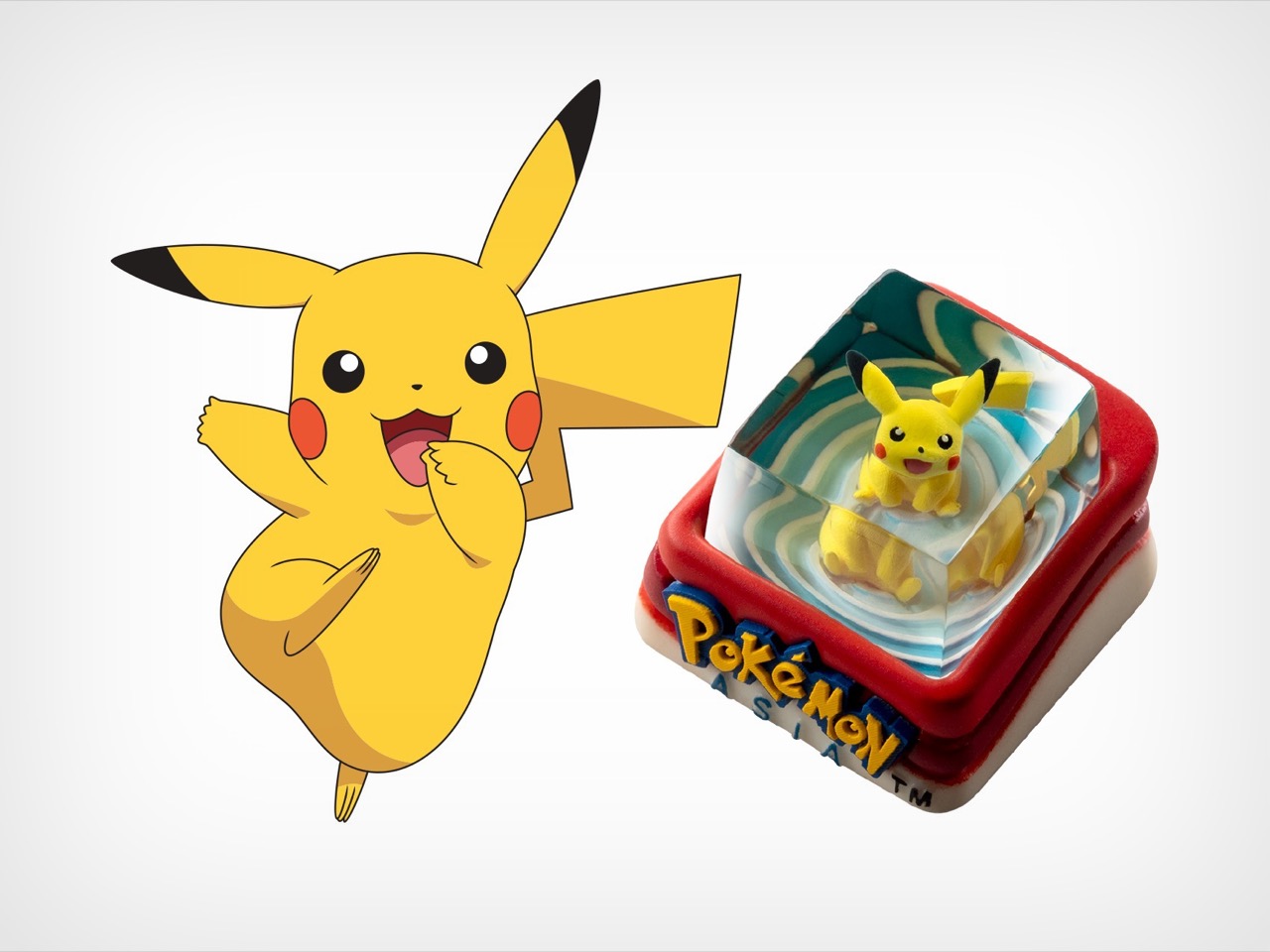
If you haven’t seen Dwarf Factory‘s work before, I suggest you genuinely check them out. The company is the single authority on artisanal keycaps, so if there’s any company I trust with pulling this off, it’s probably them. Each keycap is meticulously made in resin, hand-painted, and then encased in clear acrylic. This gives the keycaps their sheer depth, and sometimes Dwarf Factory even manages to account for keyboard backlight, so that the light shines through the keycaps.
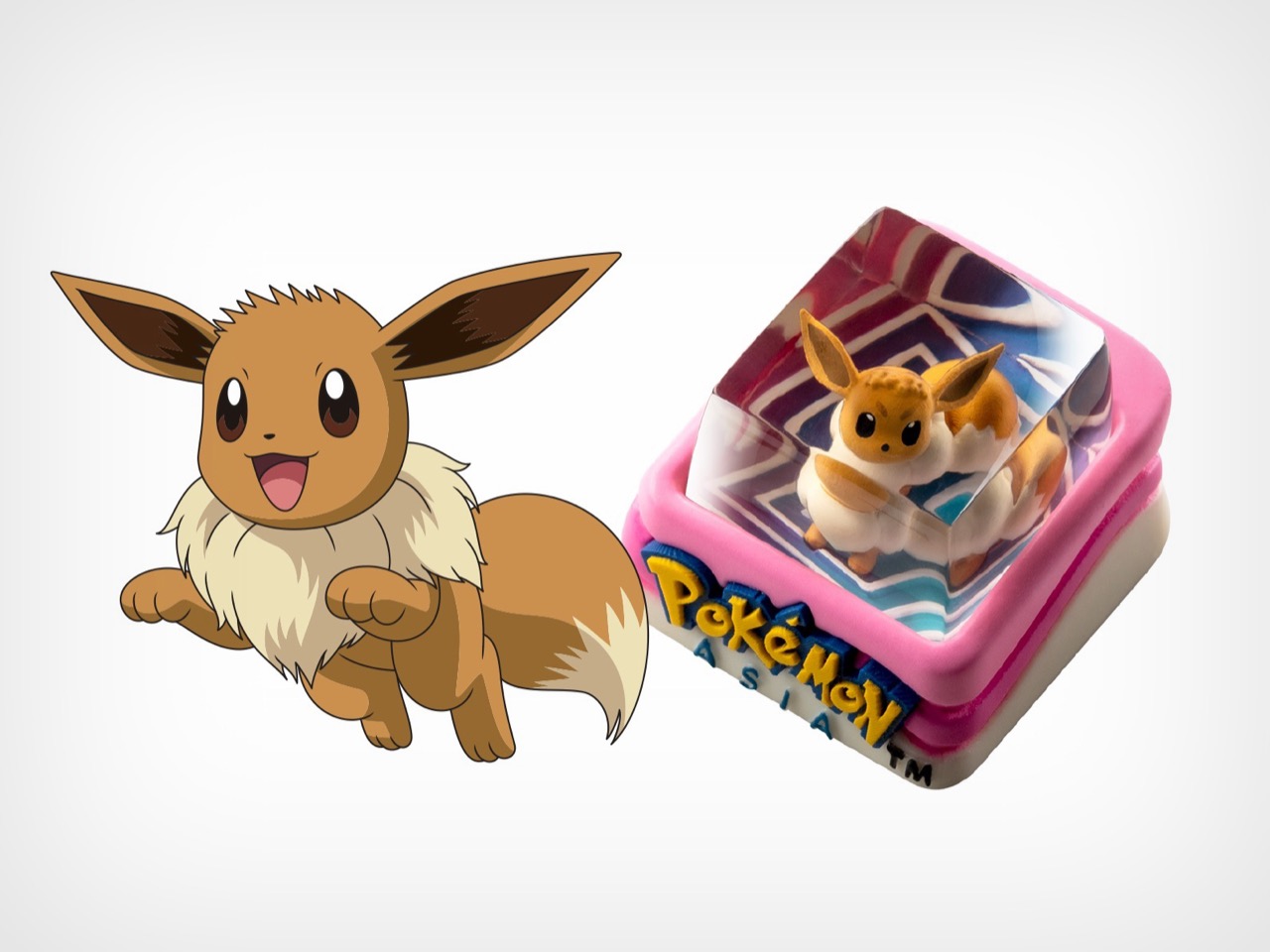
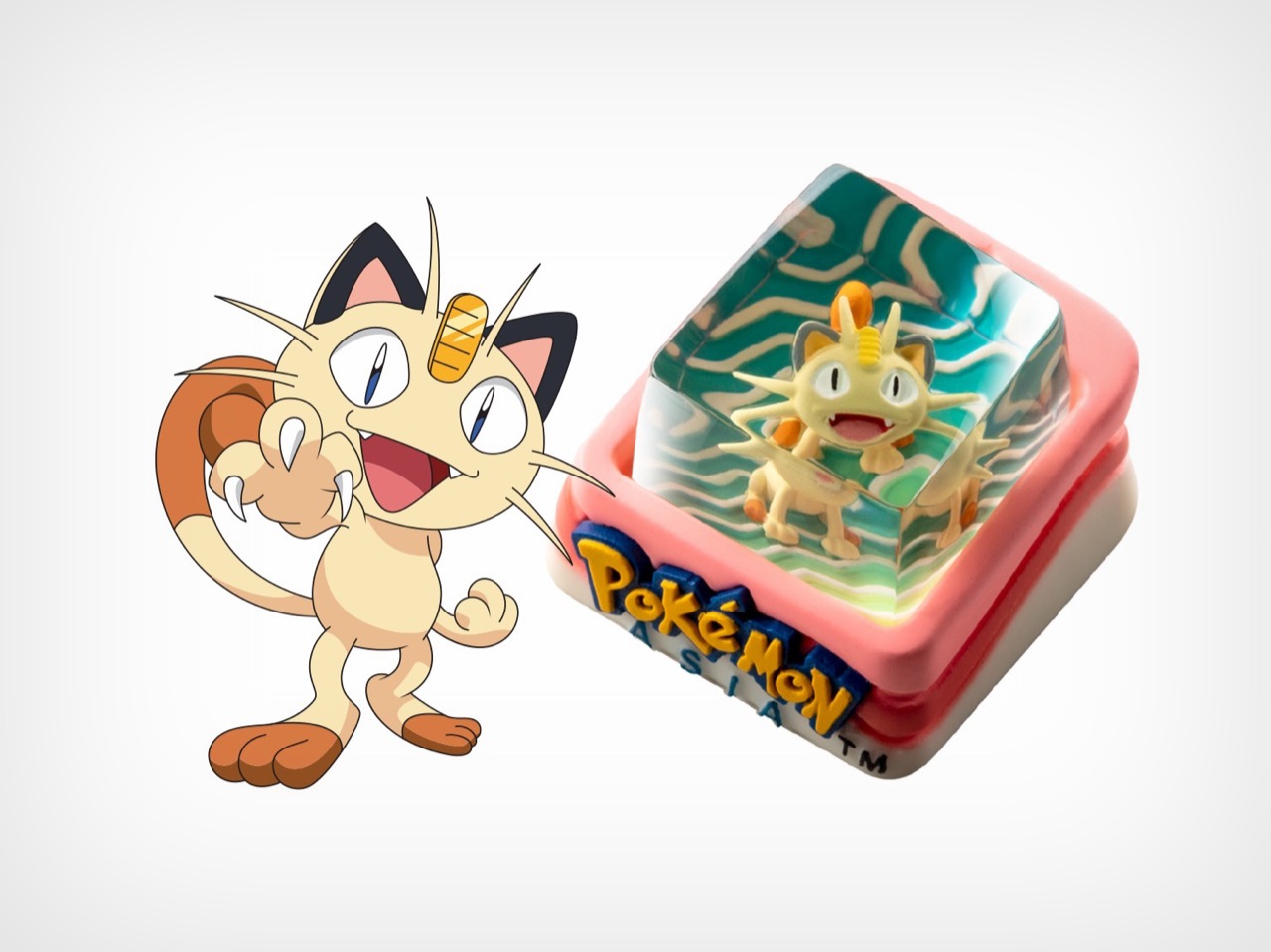
Other usual suspects from this series include Eevee and Meowth, shown above, along with Cubone below, followed by Koffing, Gengar, and the odd but powerful Psyduck. I wish Dwarf Factory made a few more, although that just sounds like greed on my part at this point.


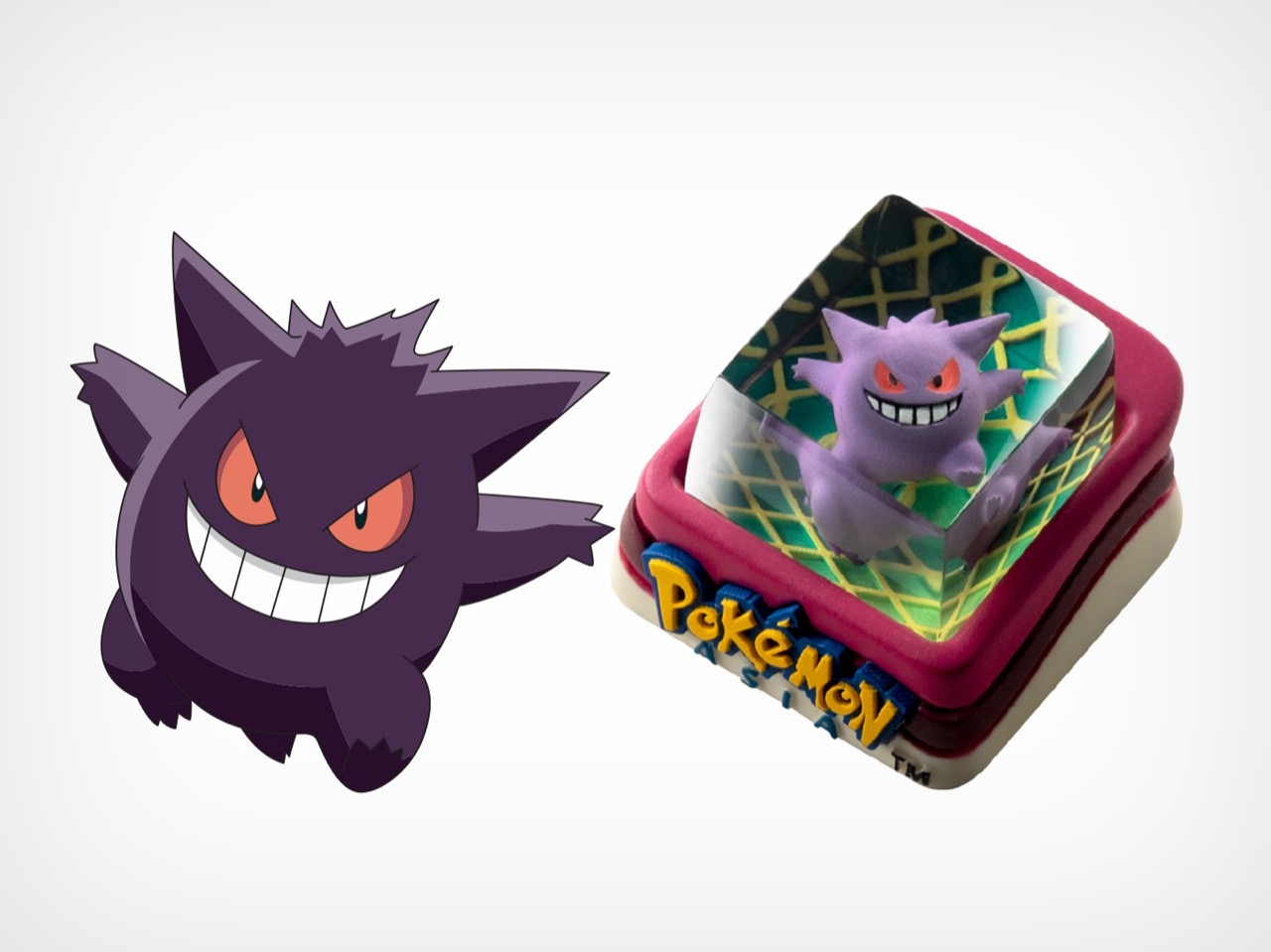
Each keycap is designed with an SR1-style profile, and is designed to fit all Cherry MX switches and clones. Ideally, I’d own all 10 keycaps, but I’d first have to own a mechanical keyboard (I’m rocking a Logitech Ergo K860 which doesn’t have swappable keys), and I’d probably have to be fairly rich, given that each keycap is priced at a slightly high $44. That means setting aside almost 500 bucks (including shipping) for a set of 10 keys. Would’ve been nice to have hopped onto the crypto train back in 2012 so I could afford this stuff.

The post These Pokémon Keycaps turn your Mechanical Keyboard into a real-life PokéDex first appeared on Yanko Design.
